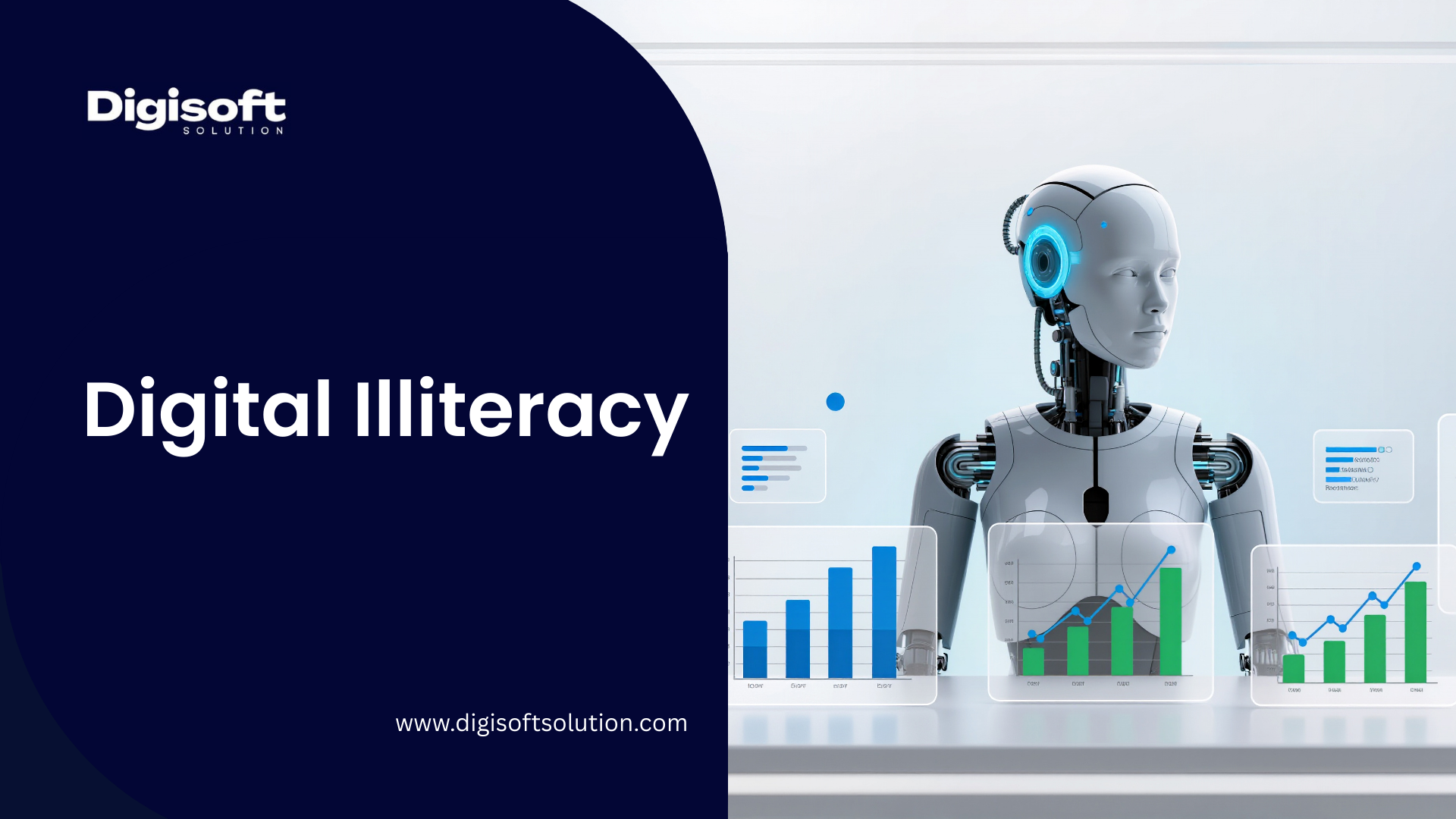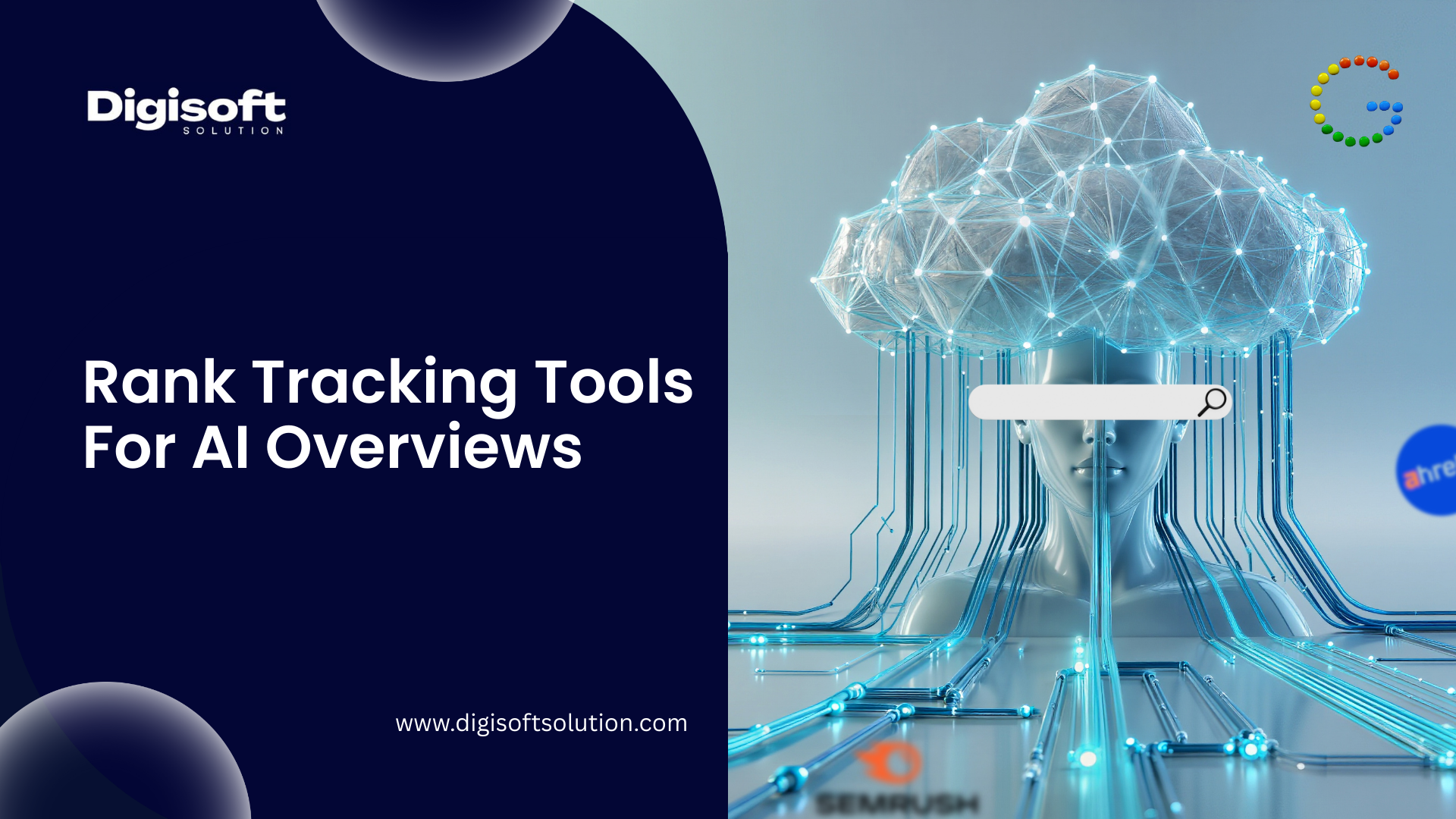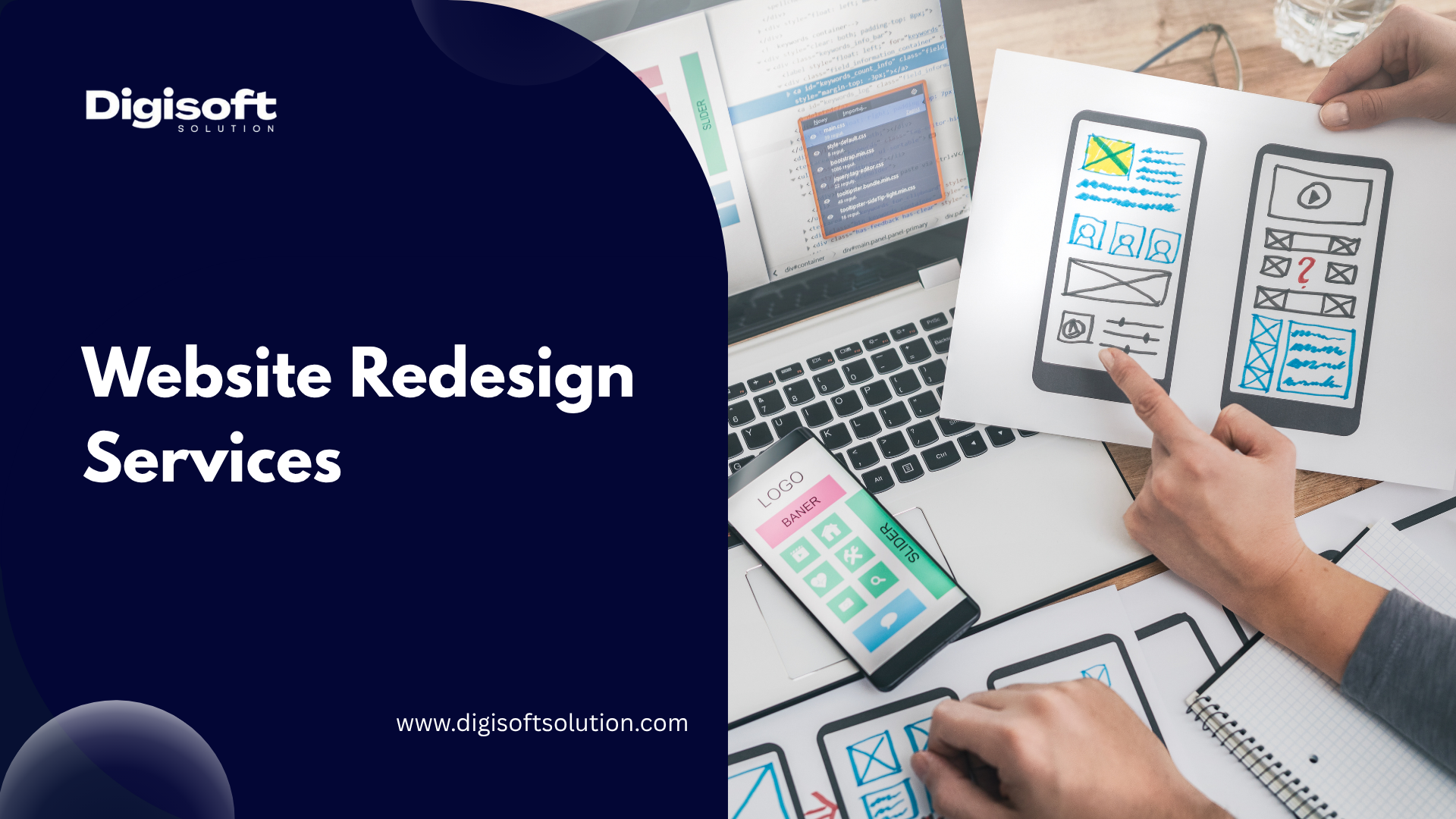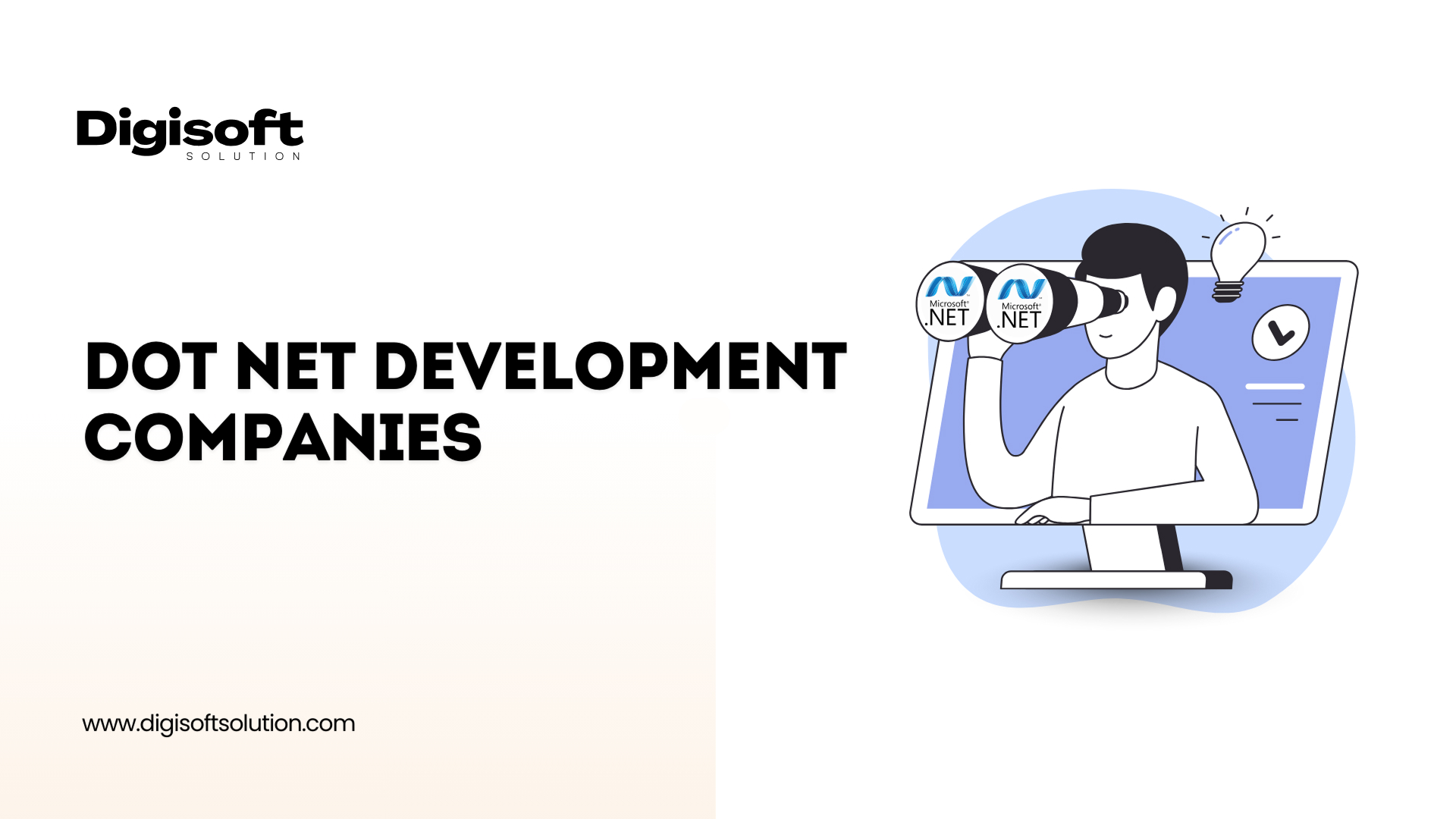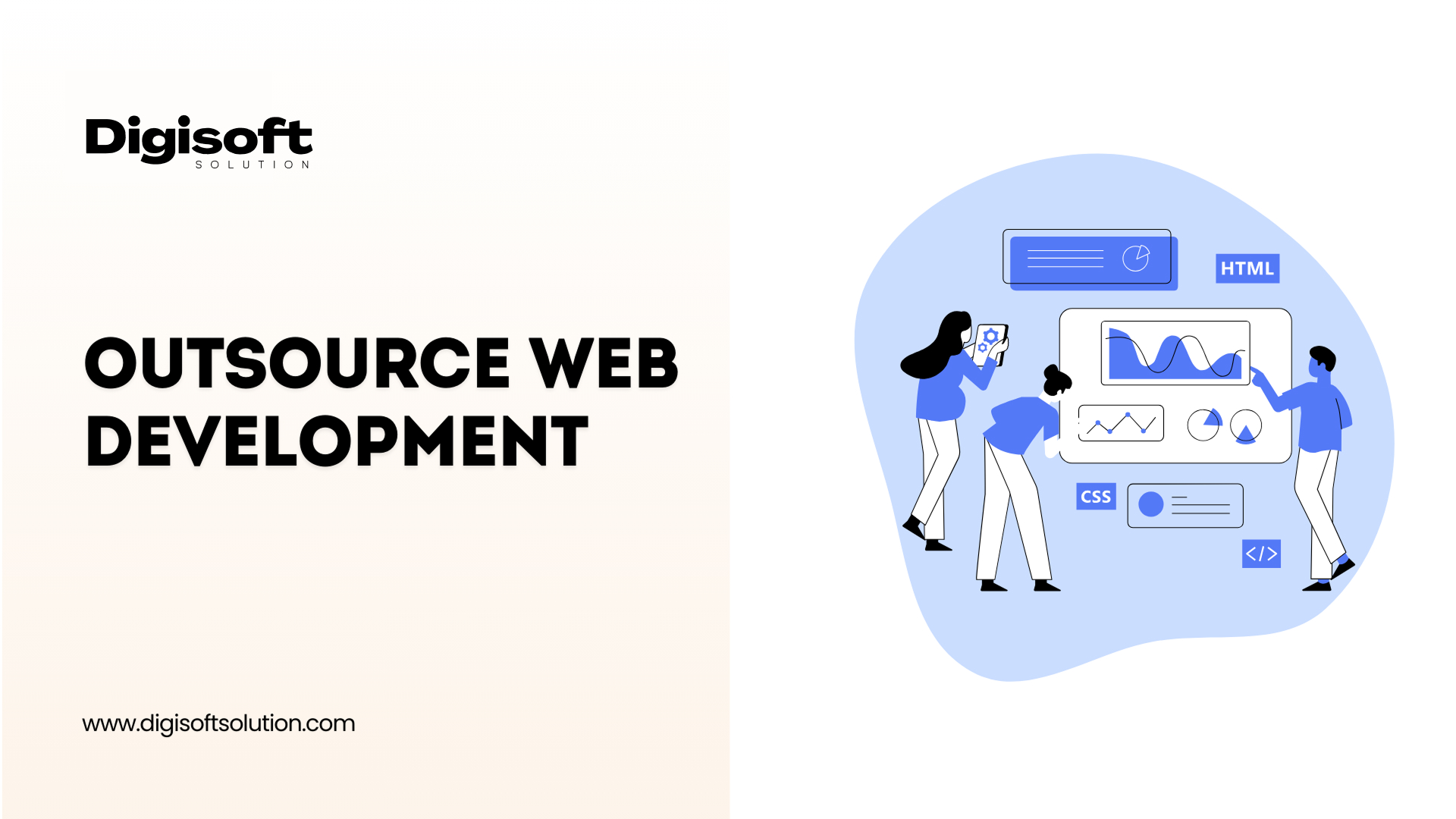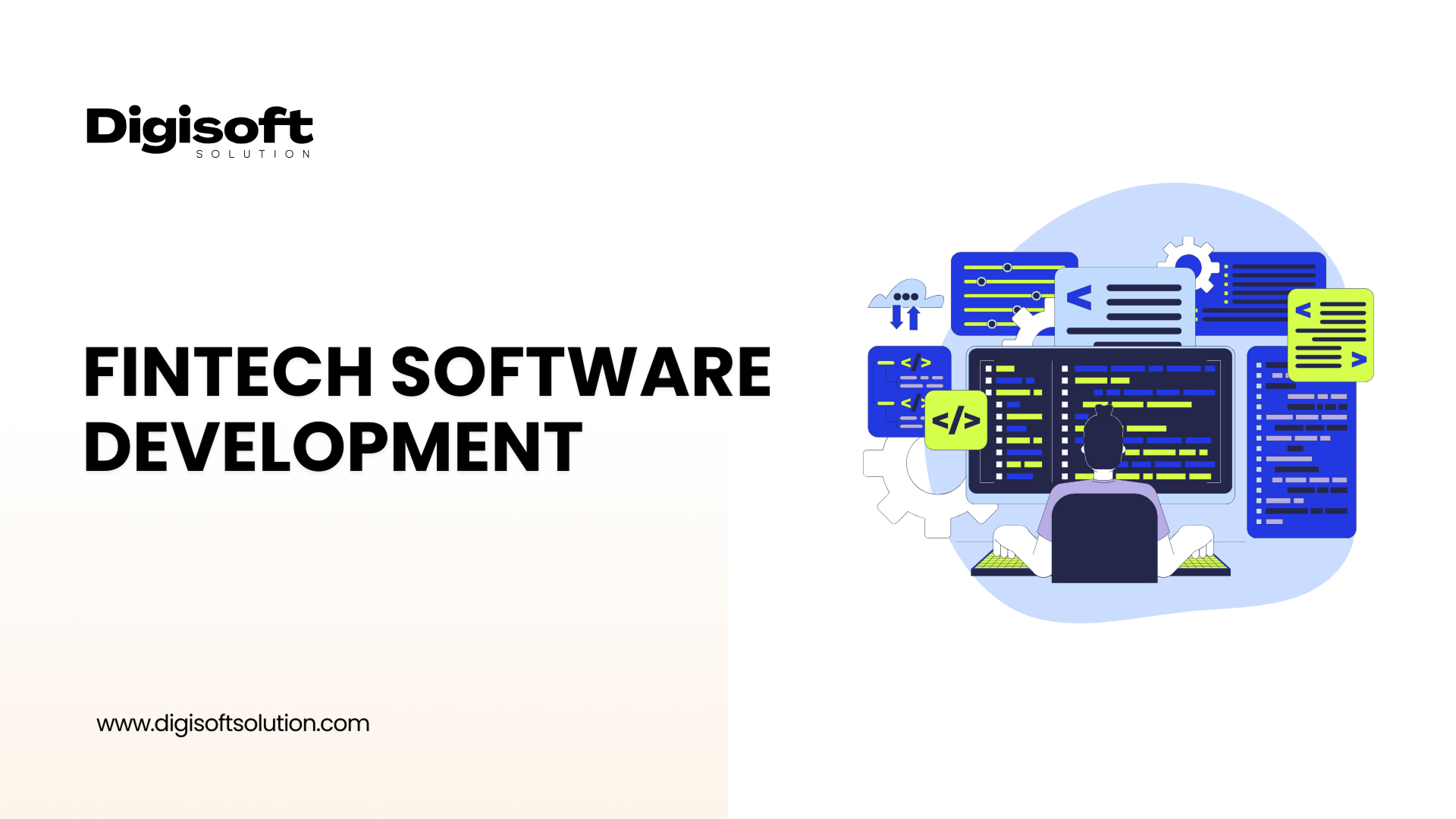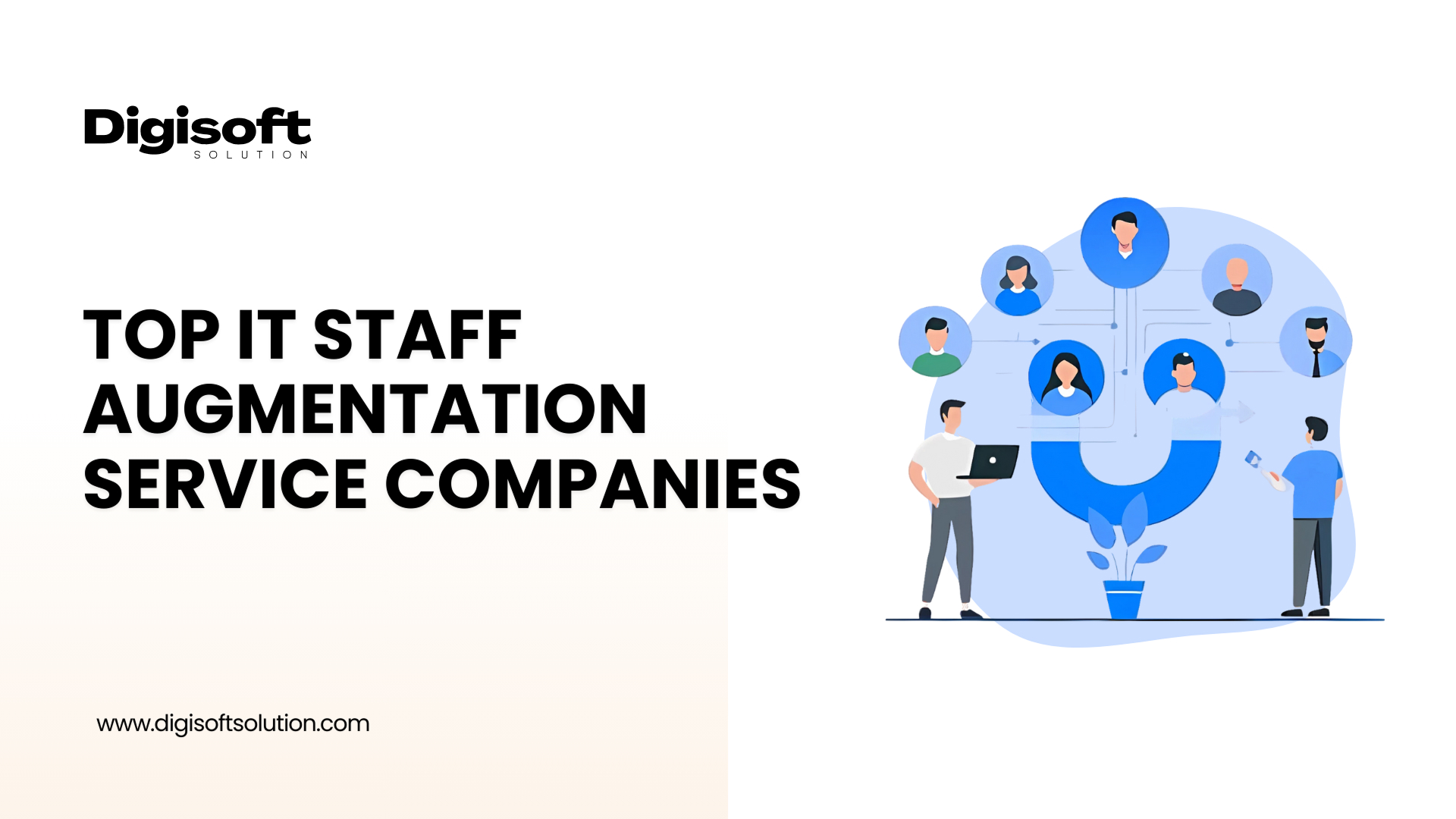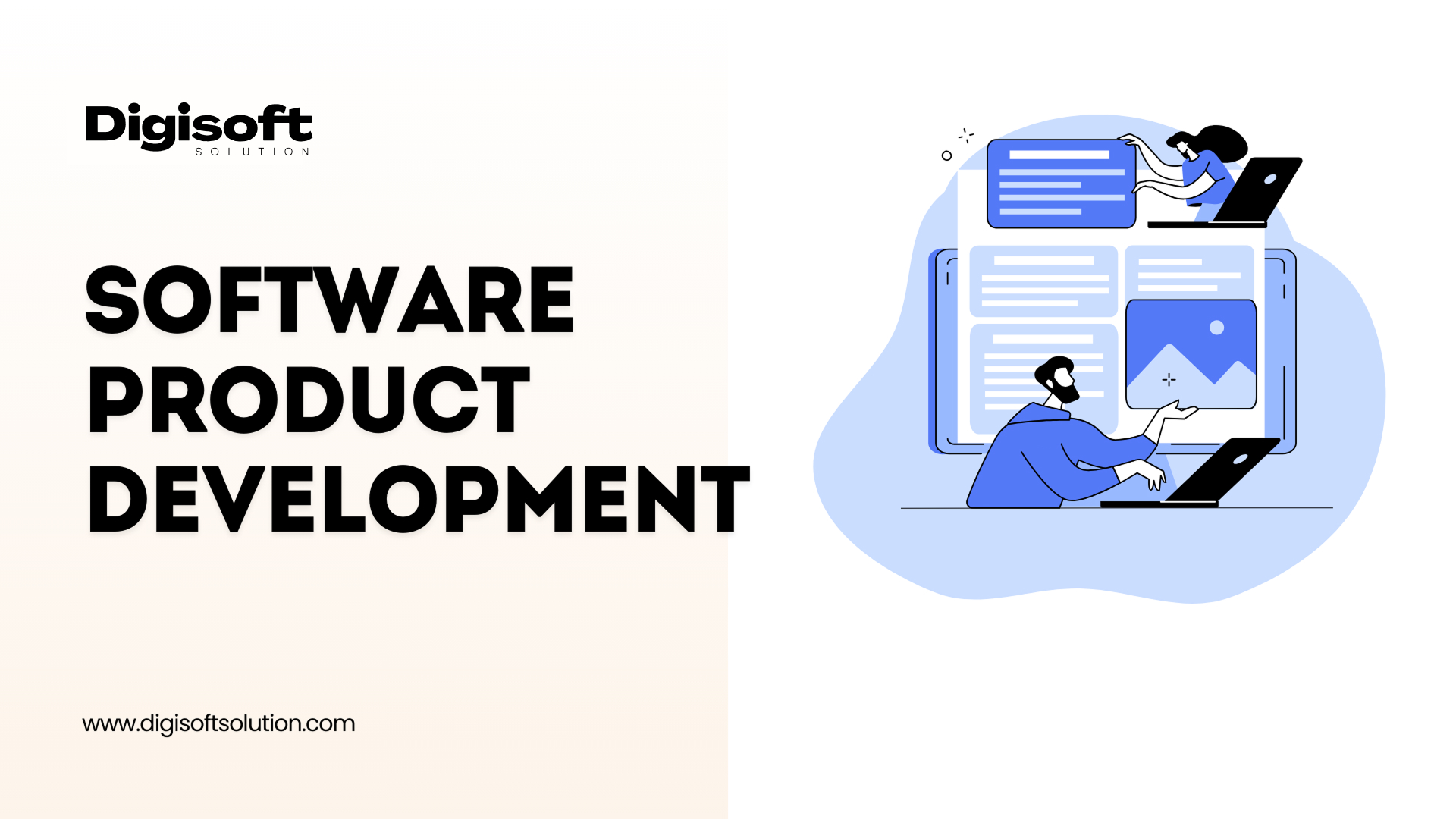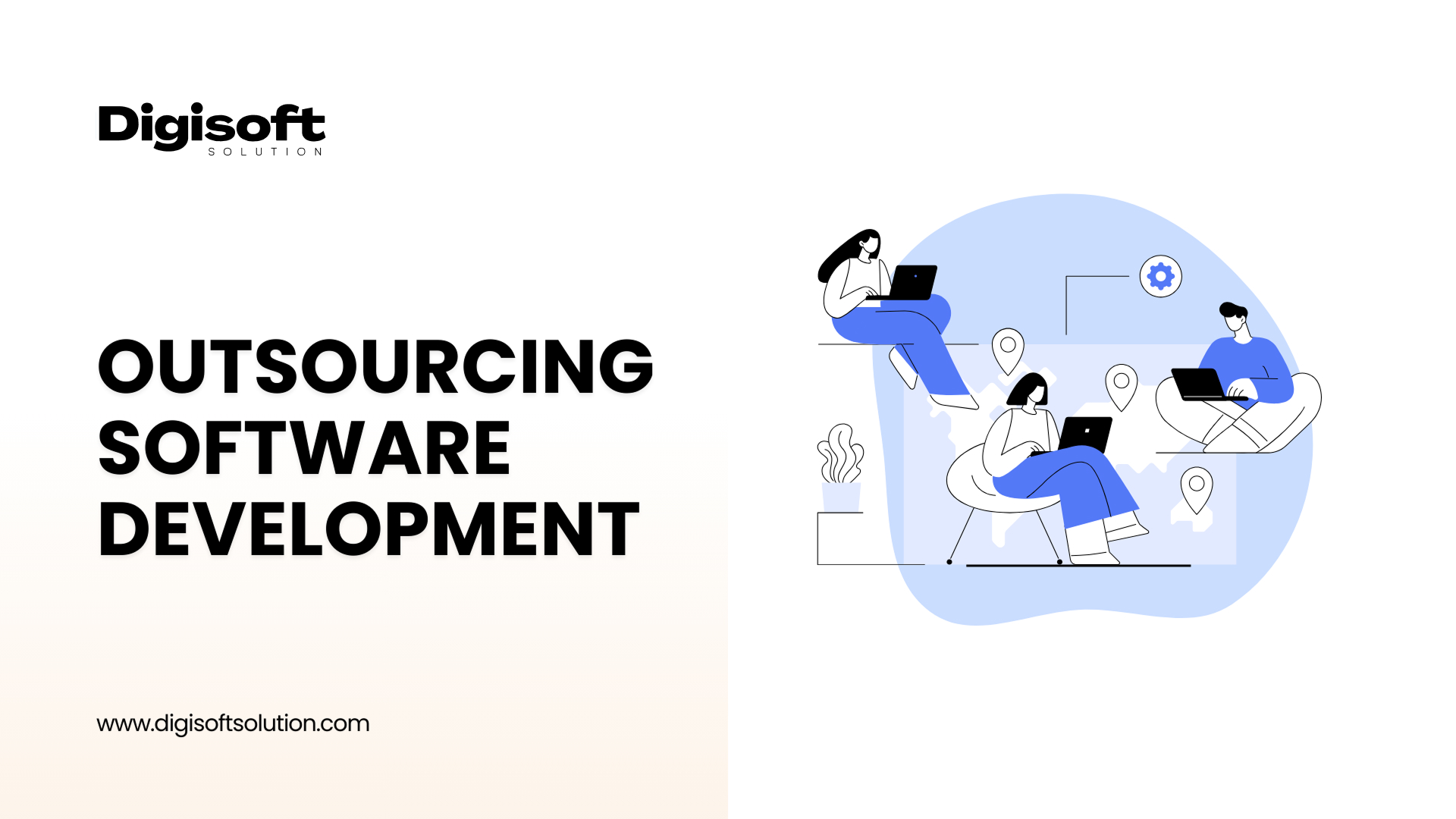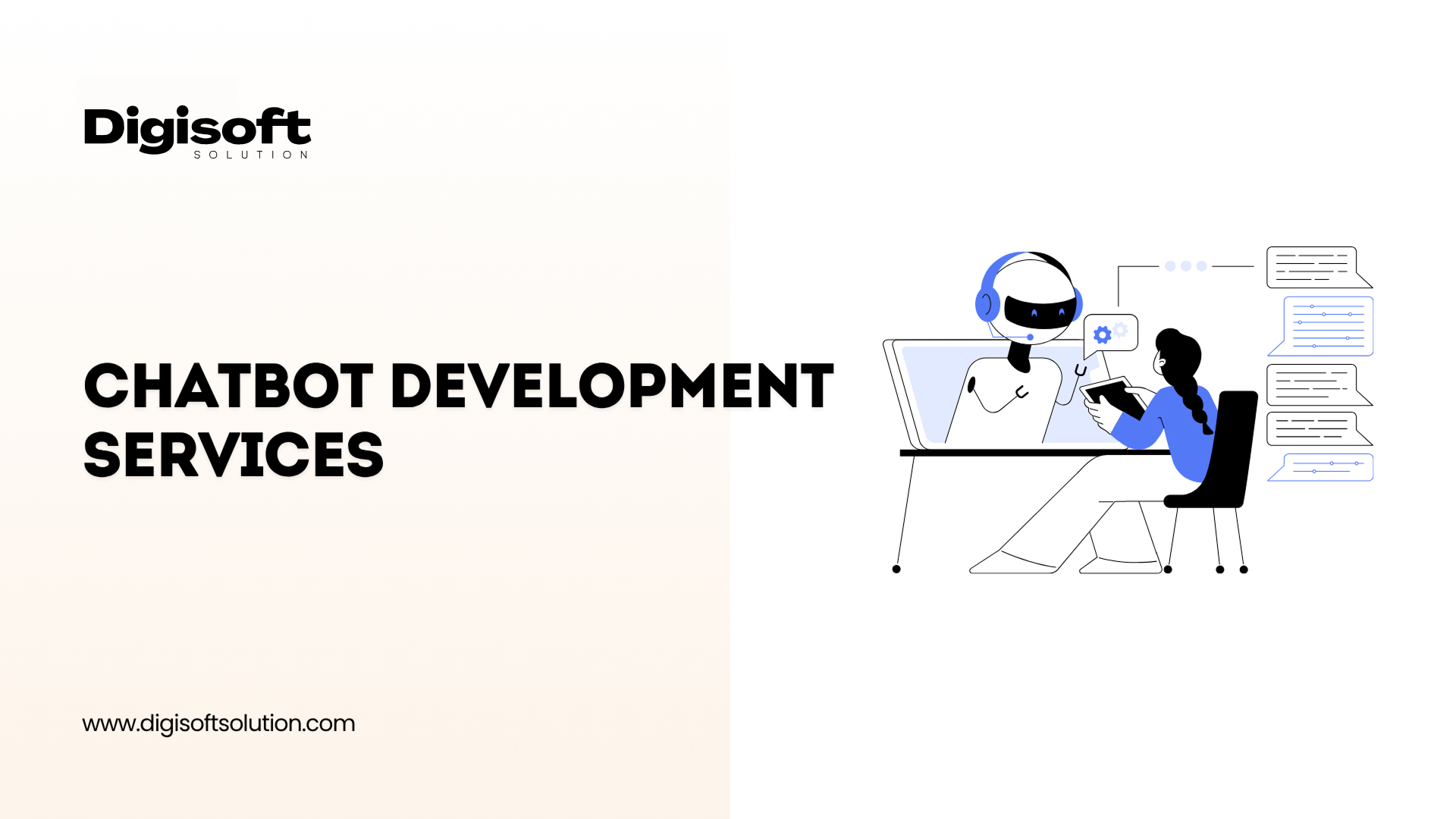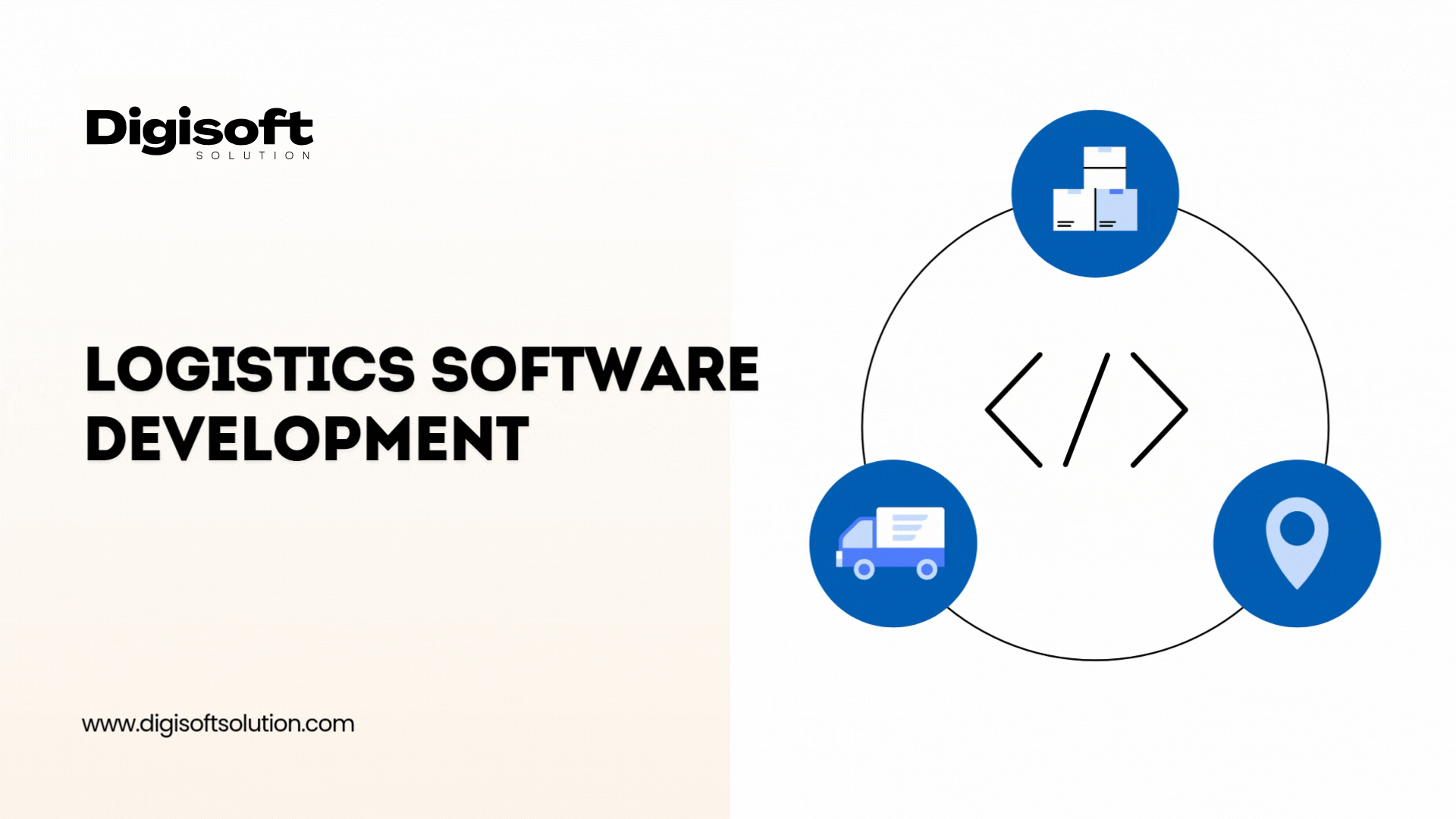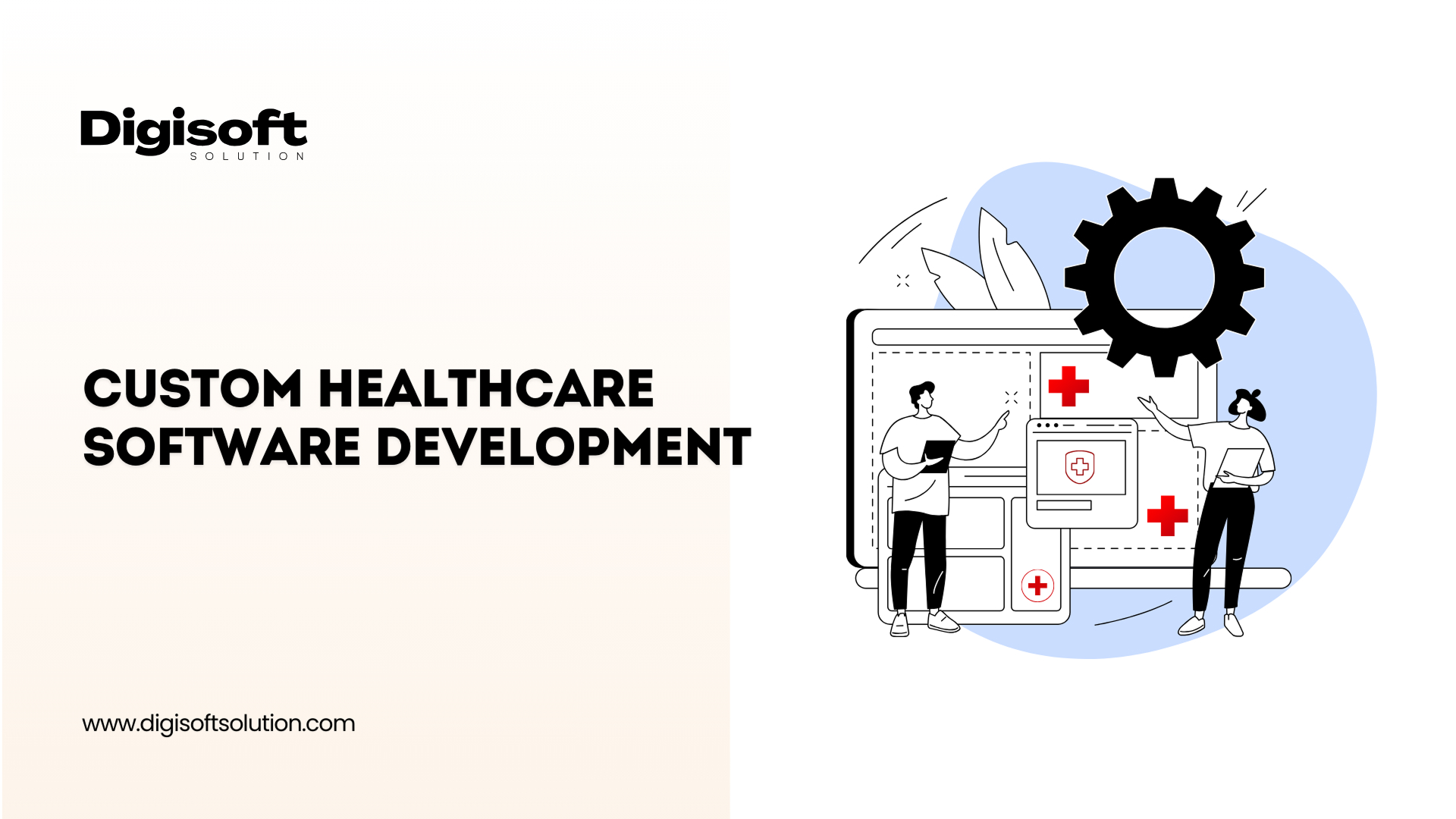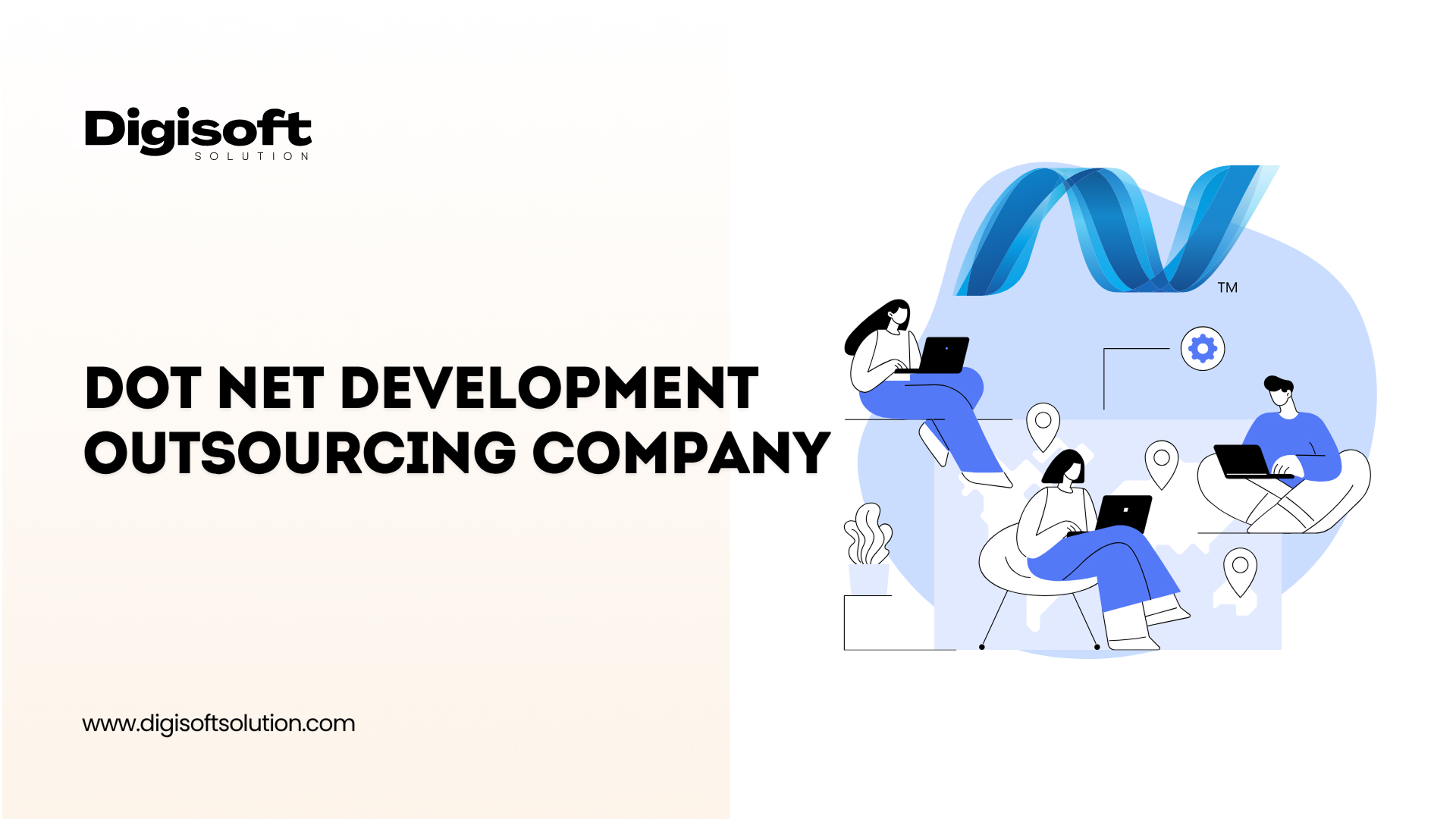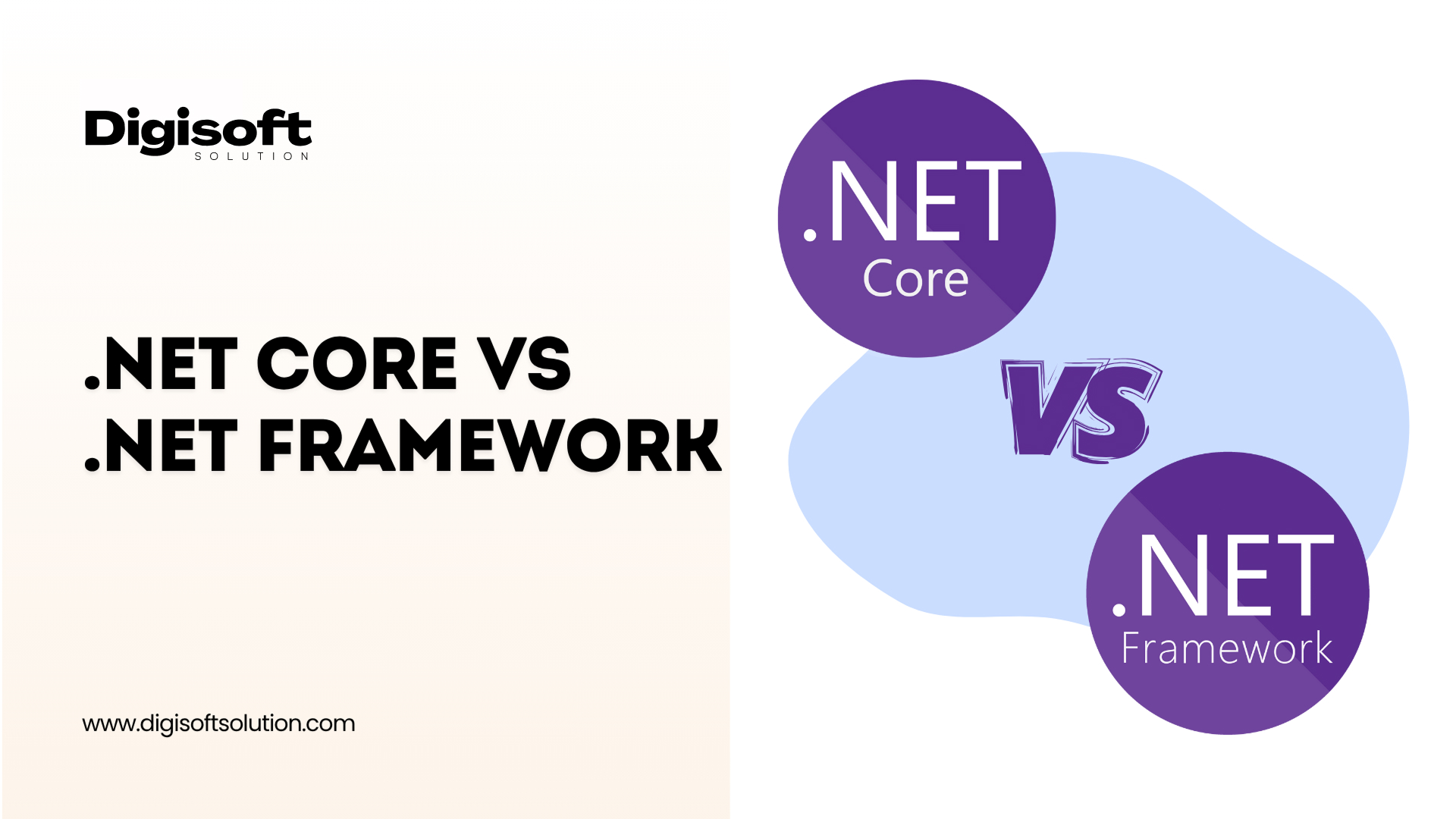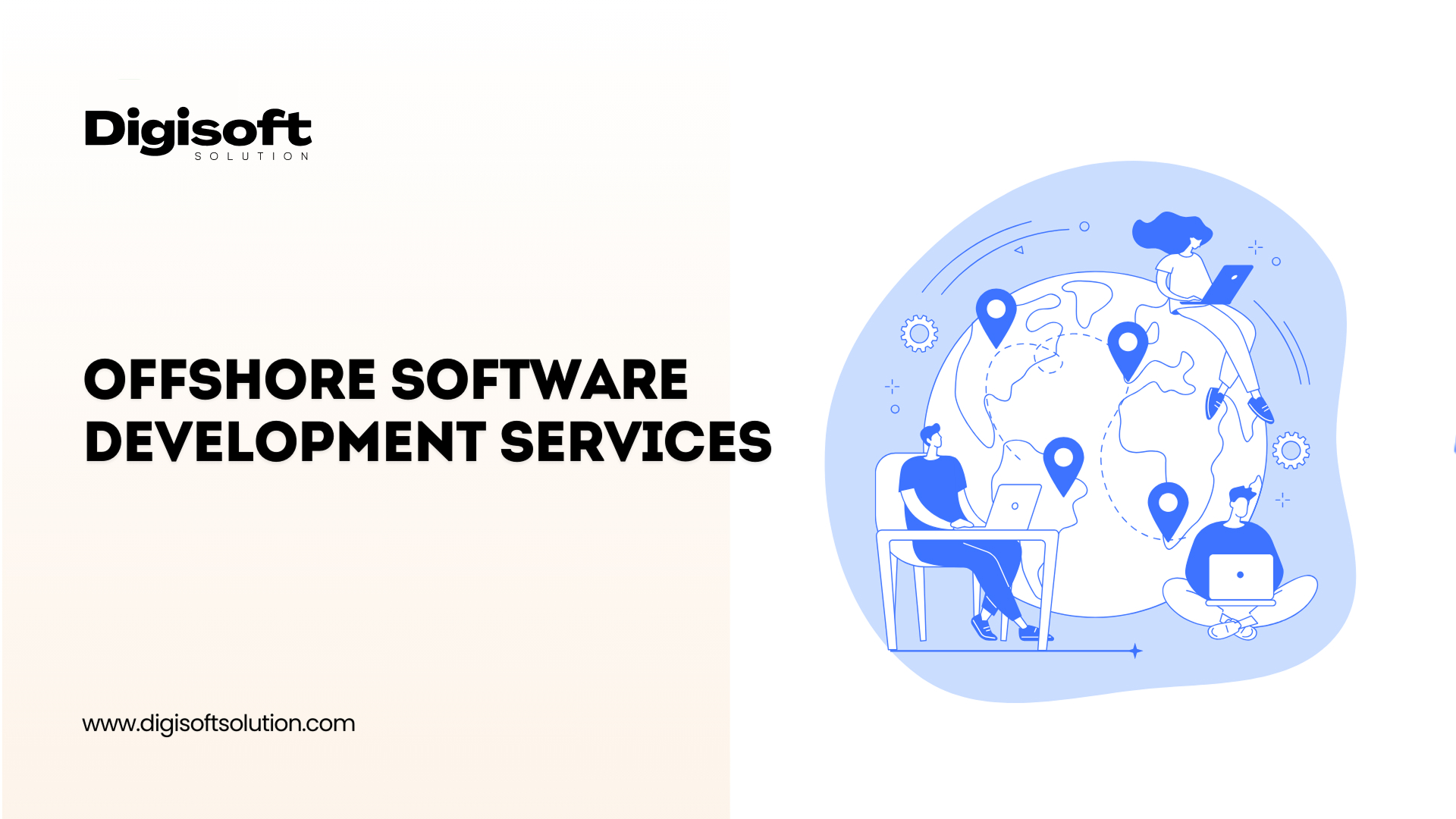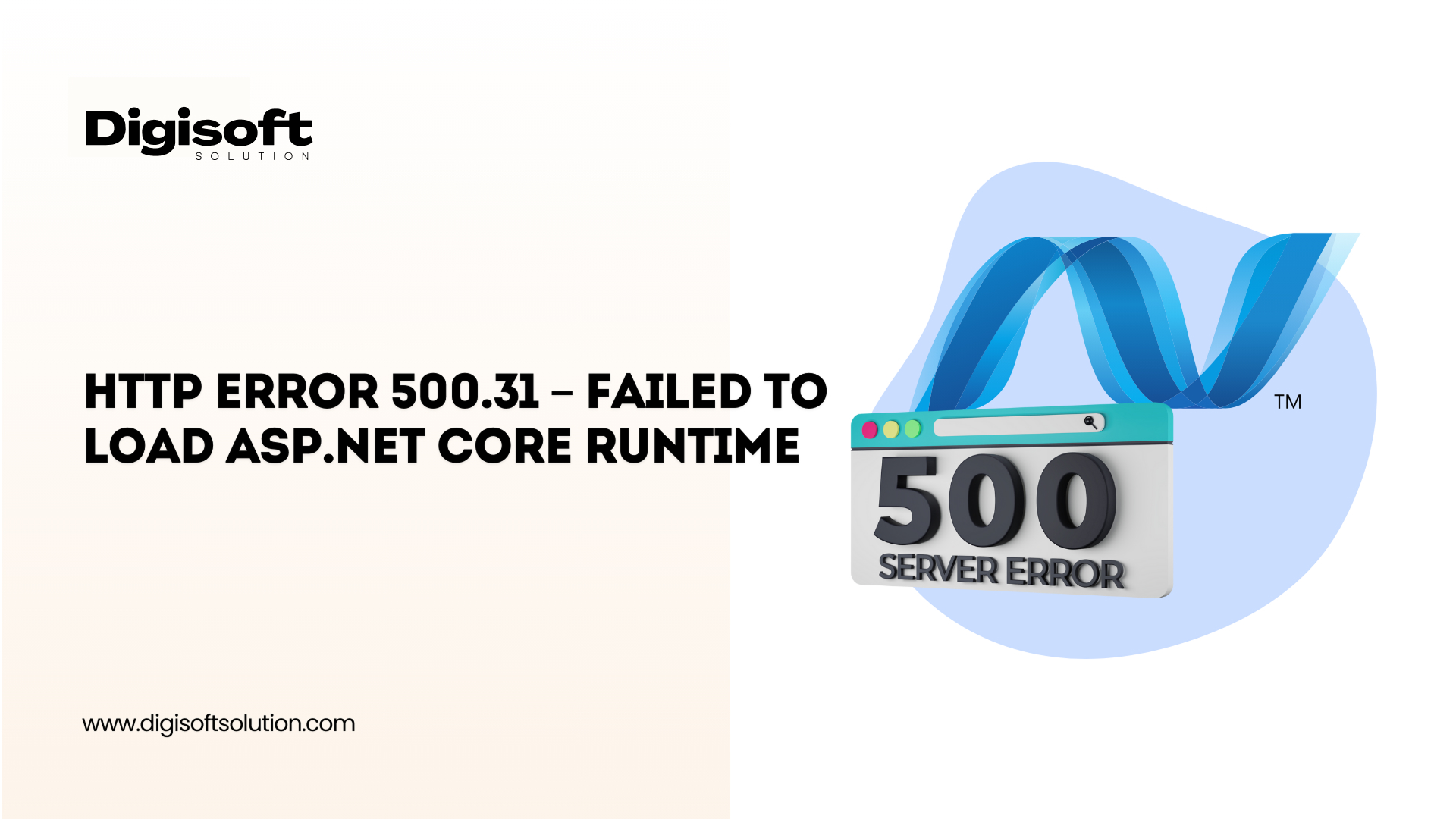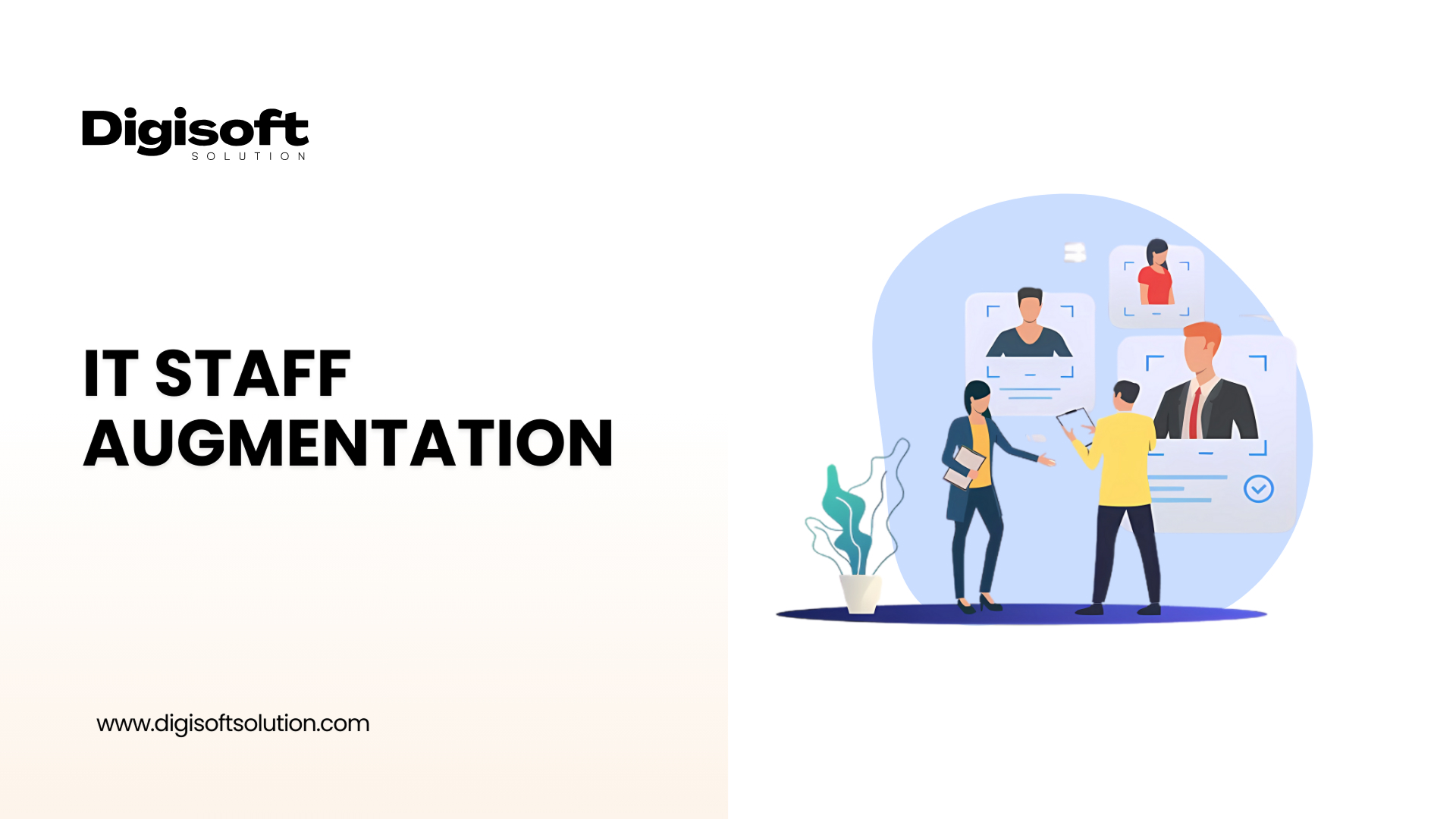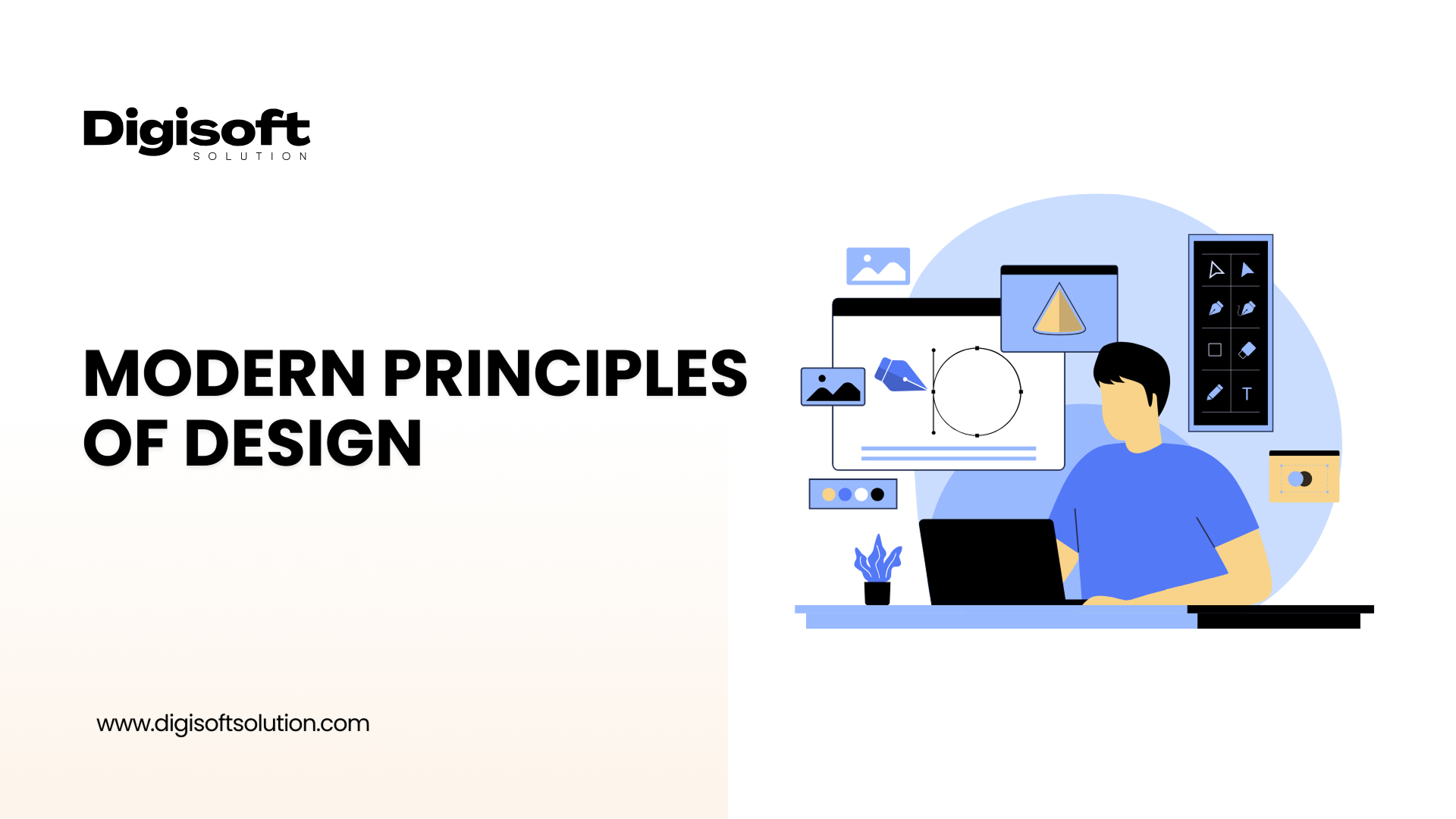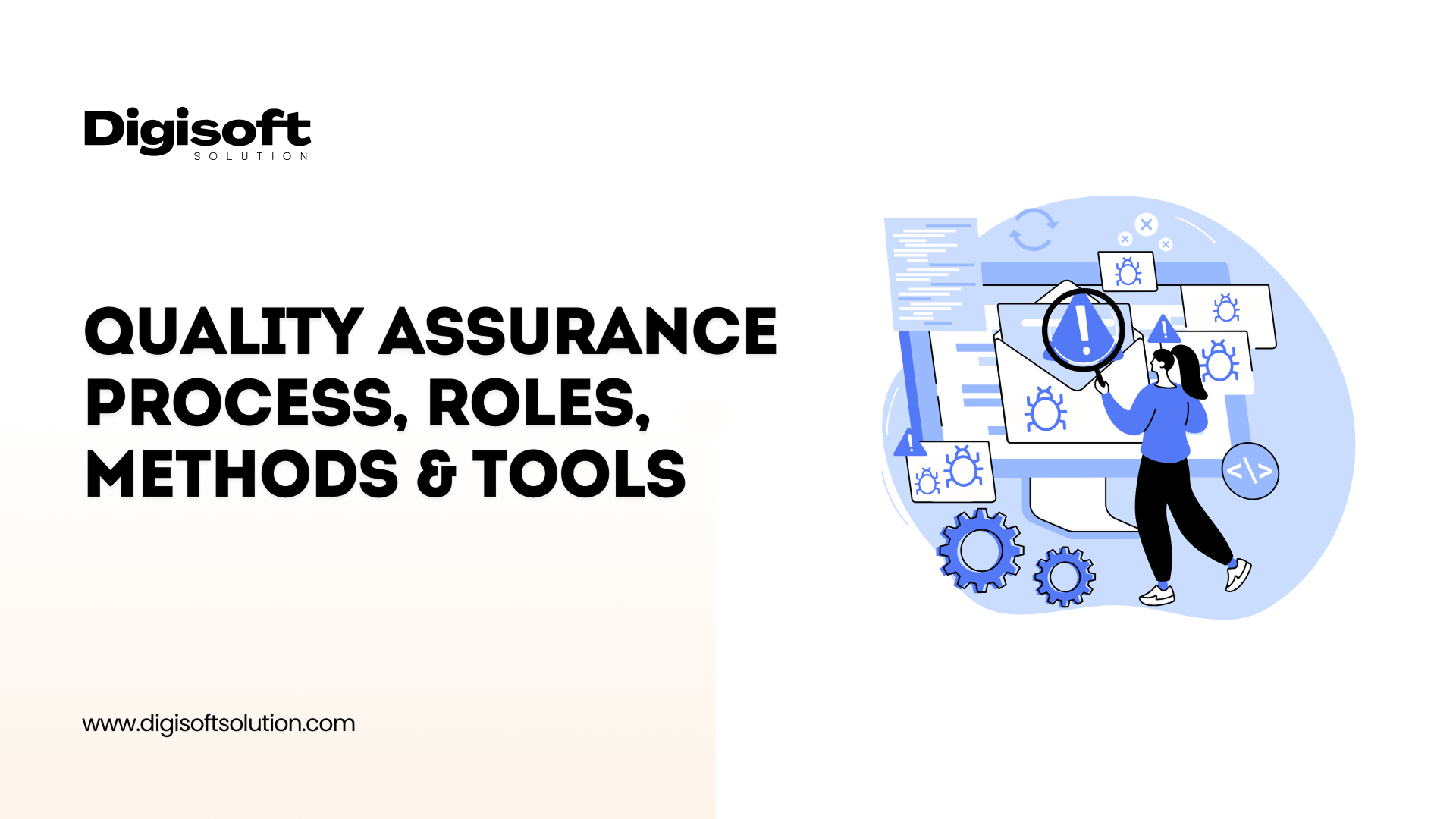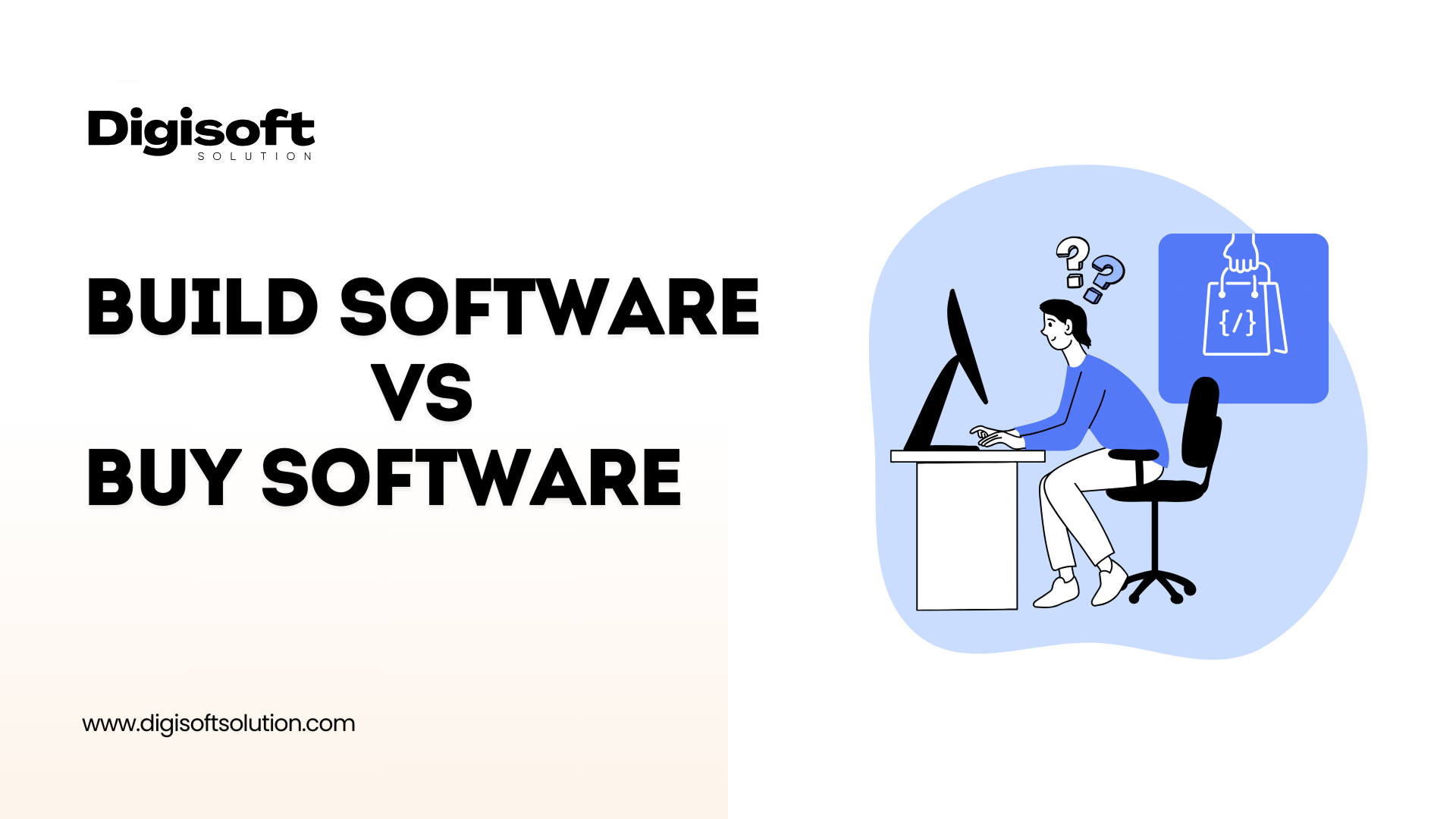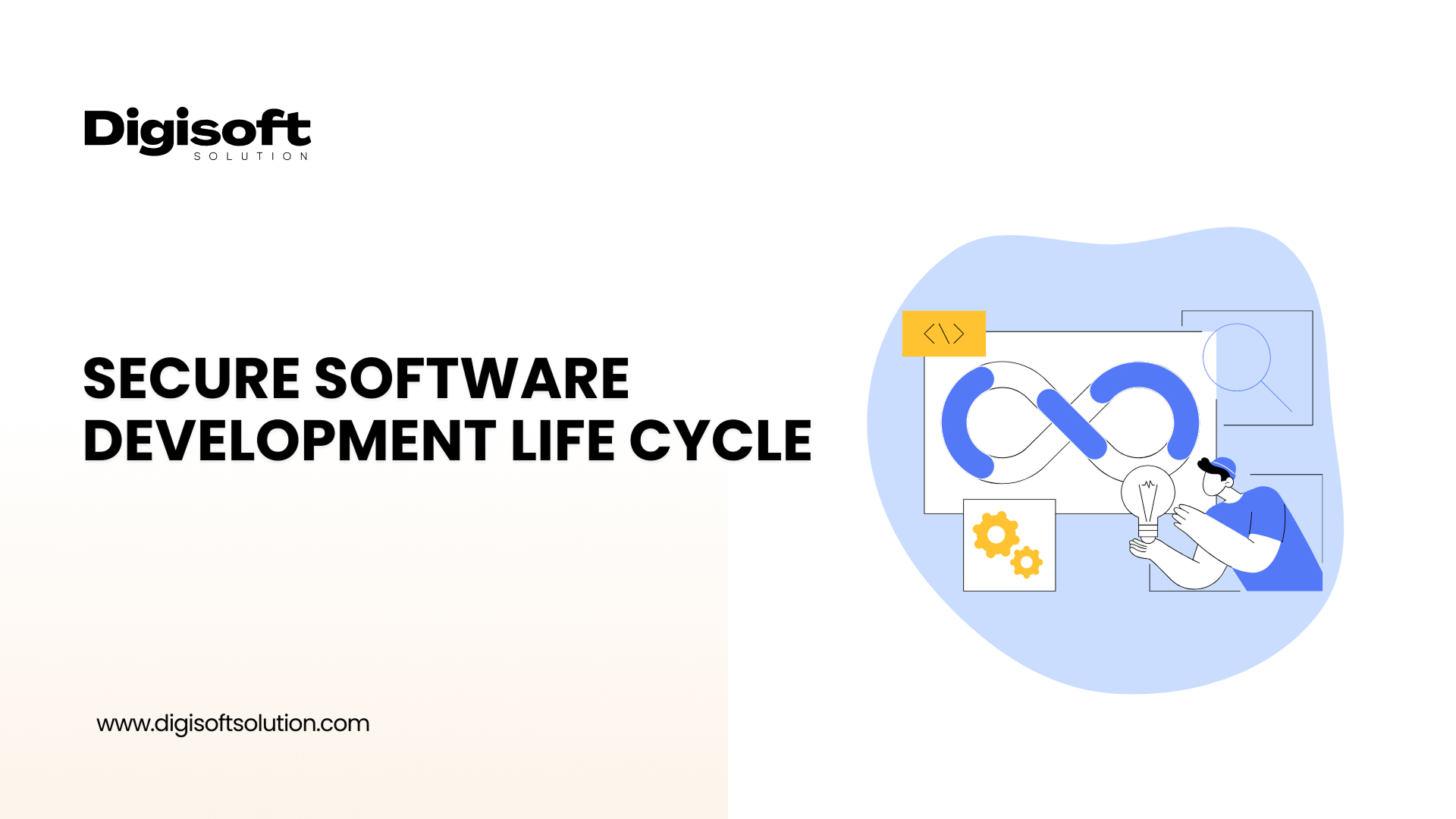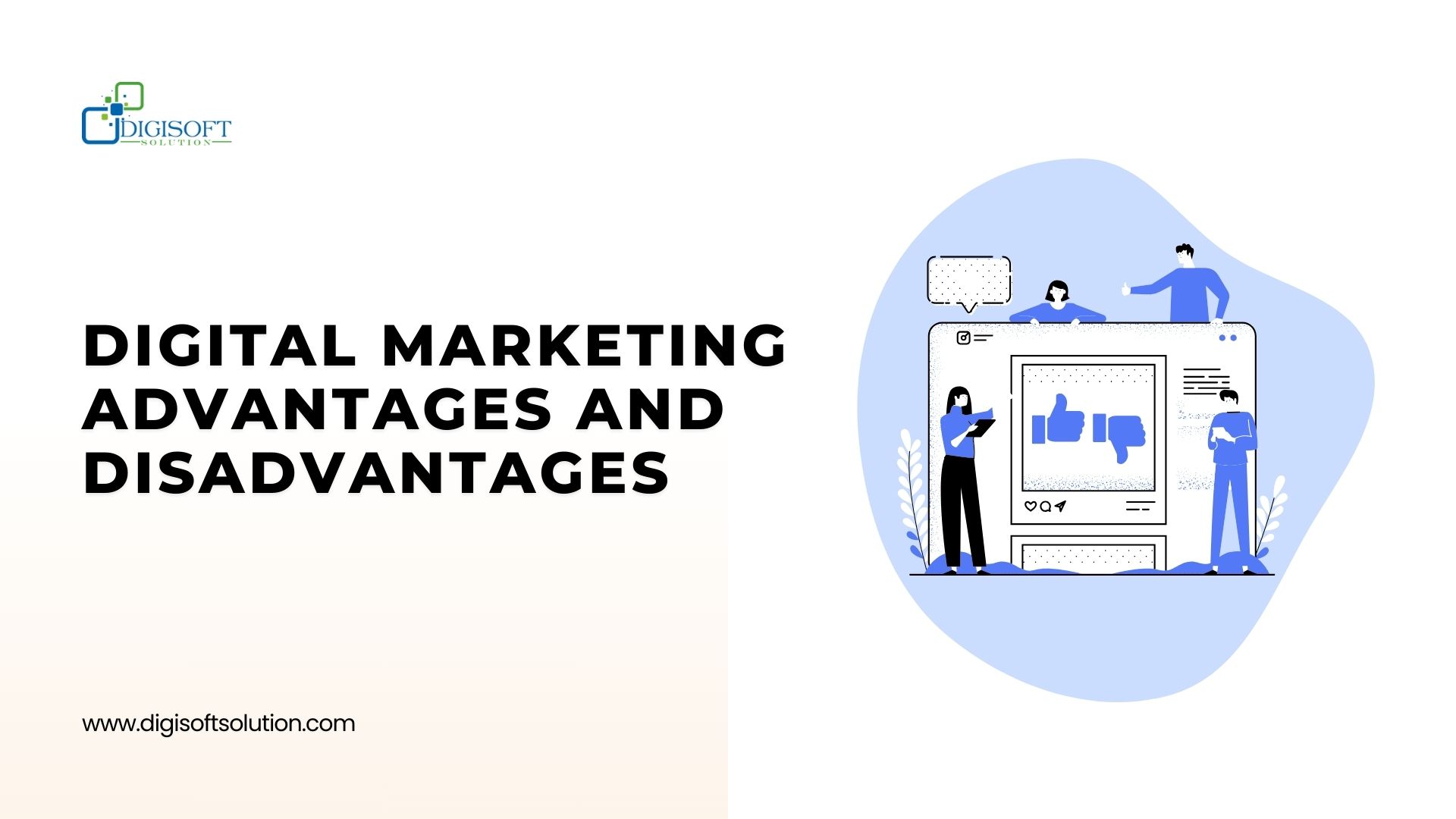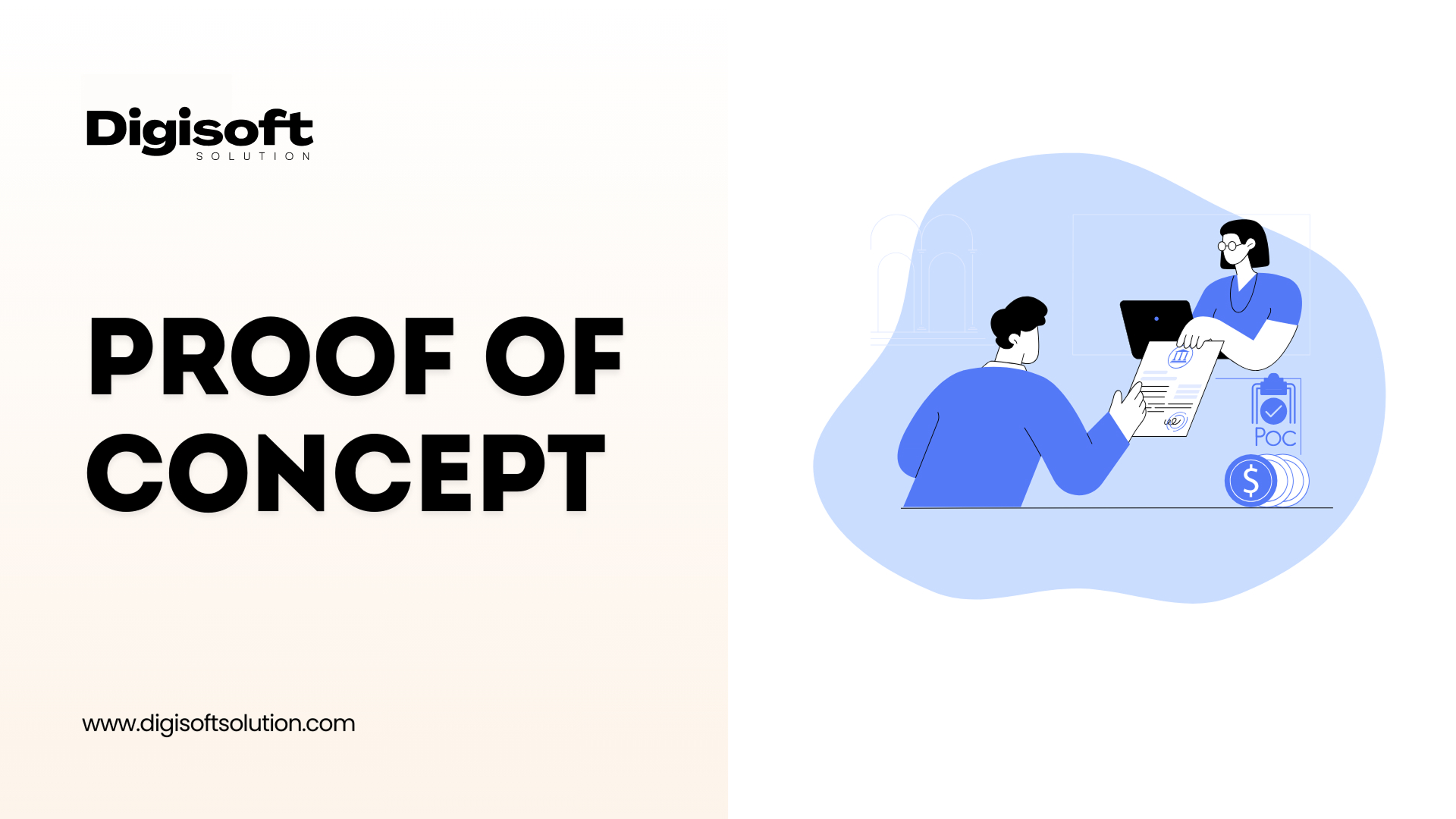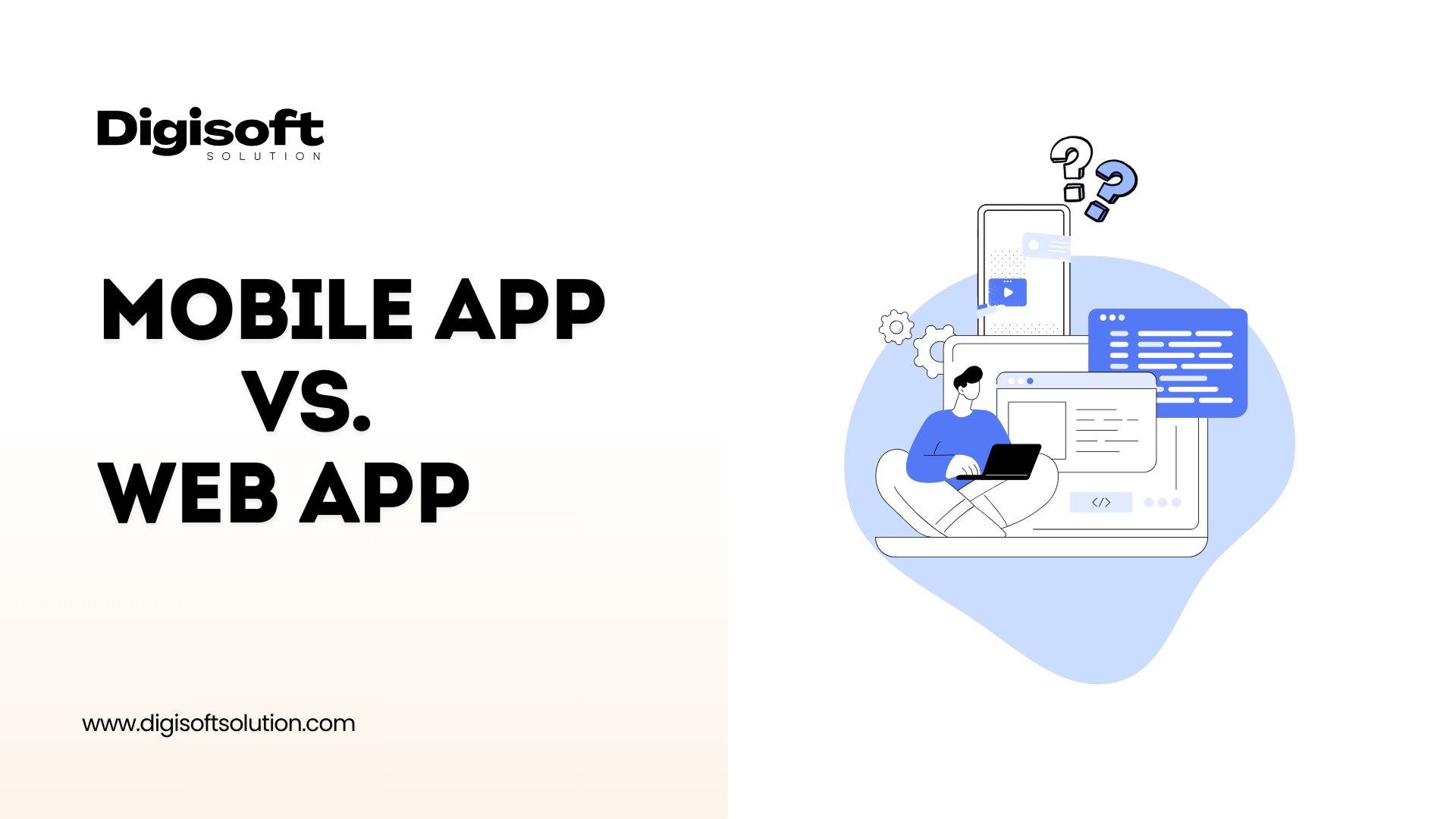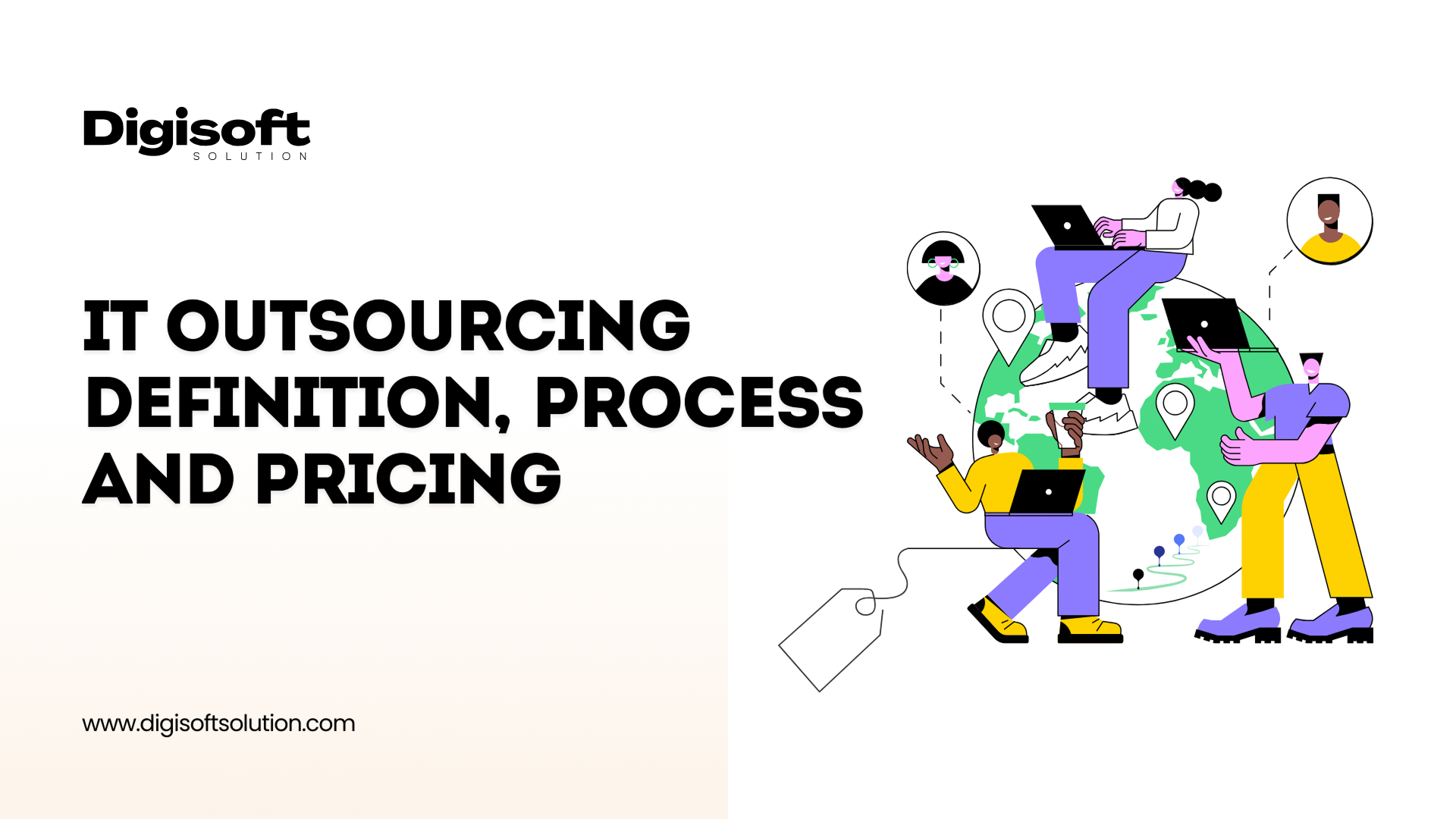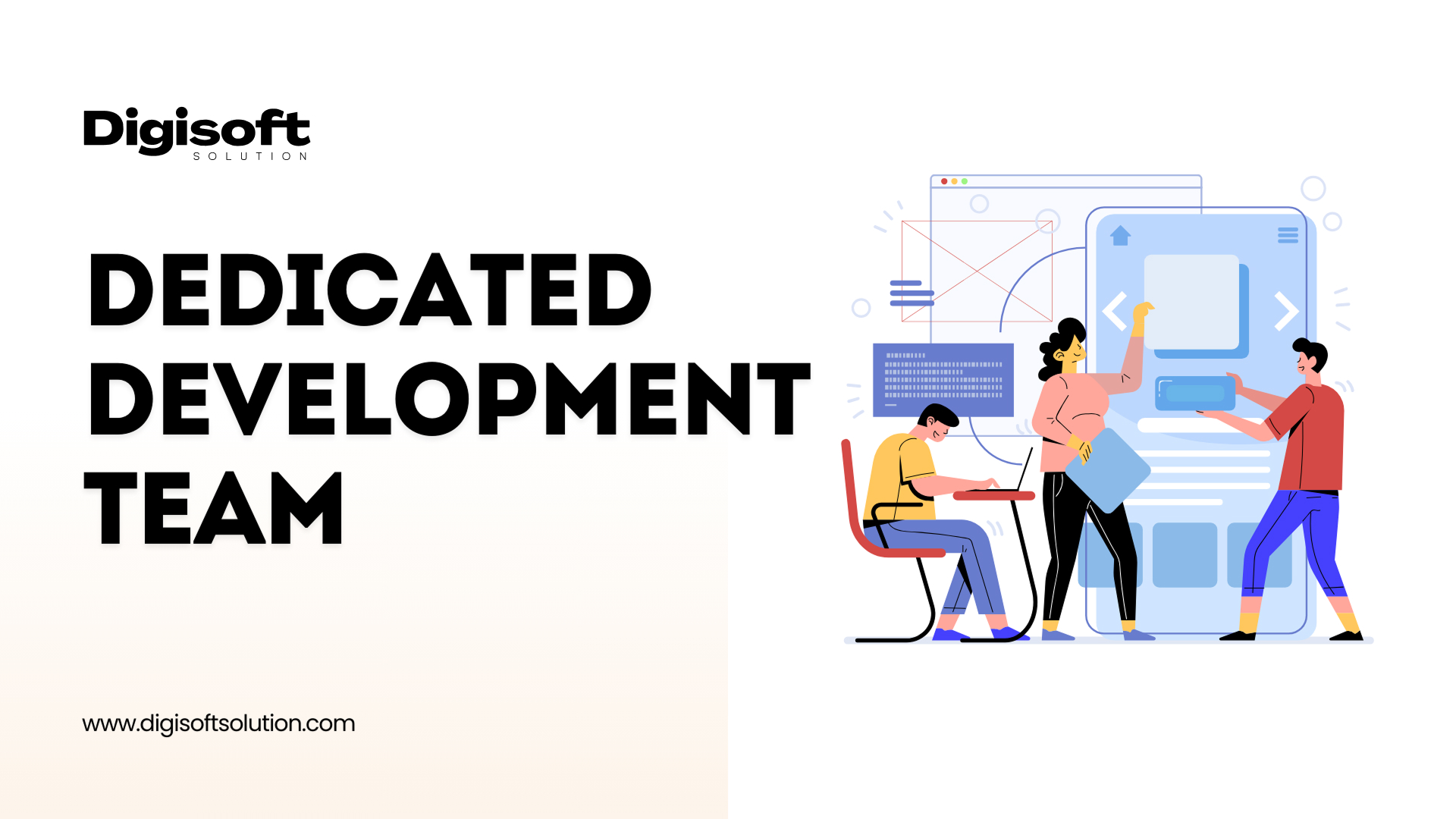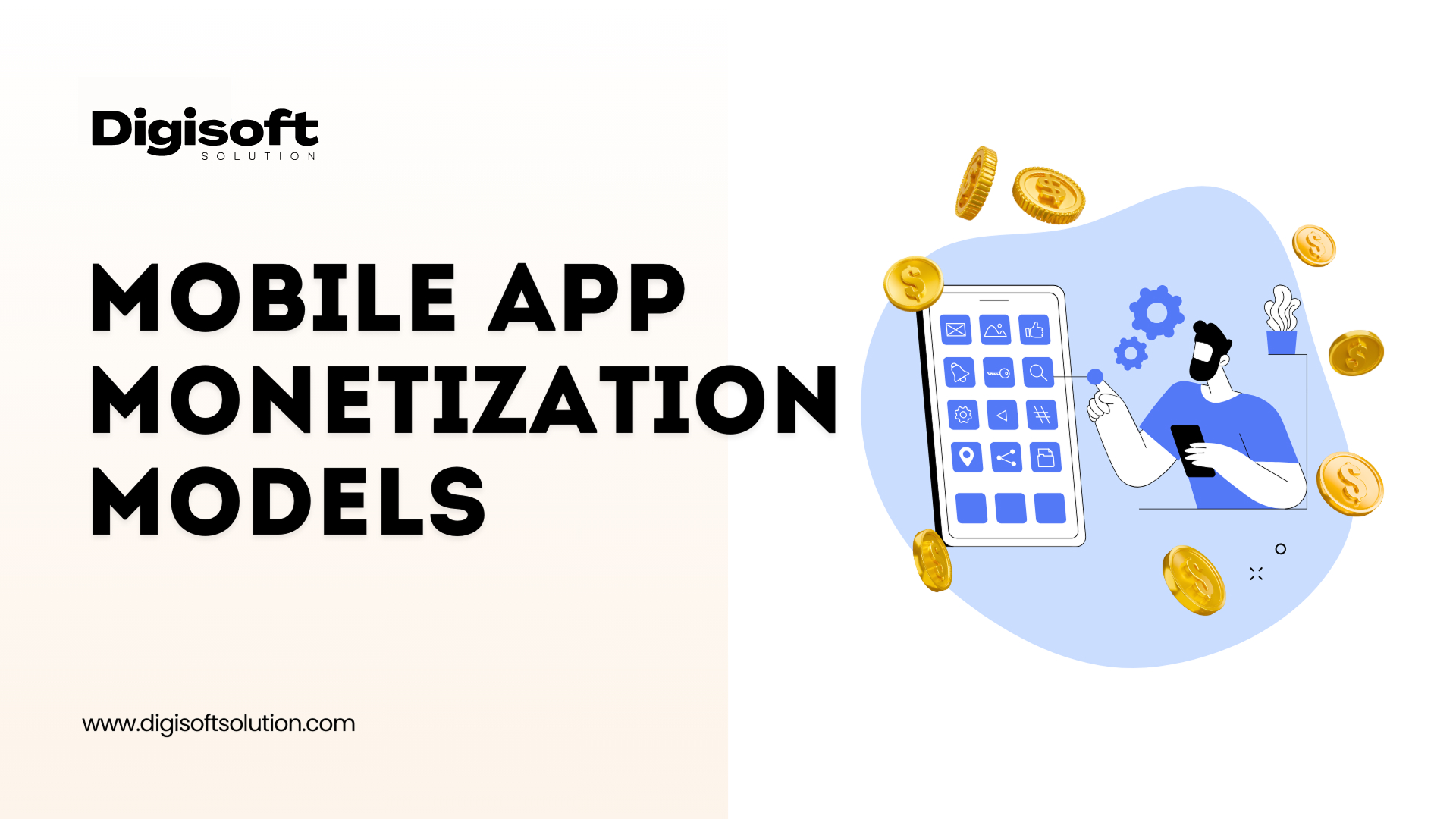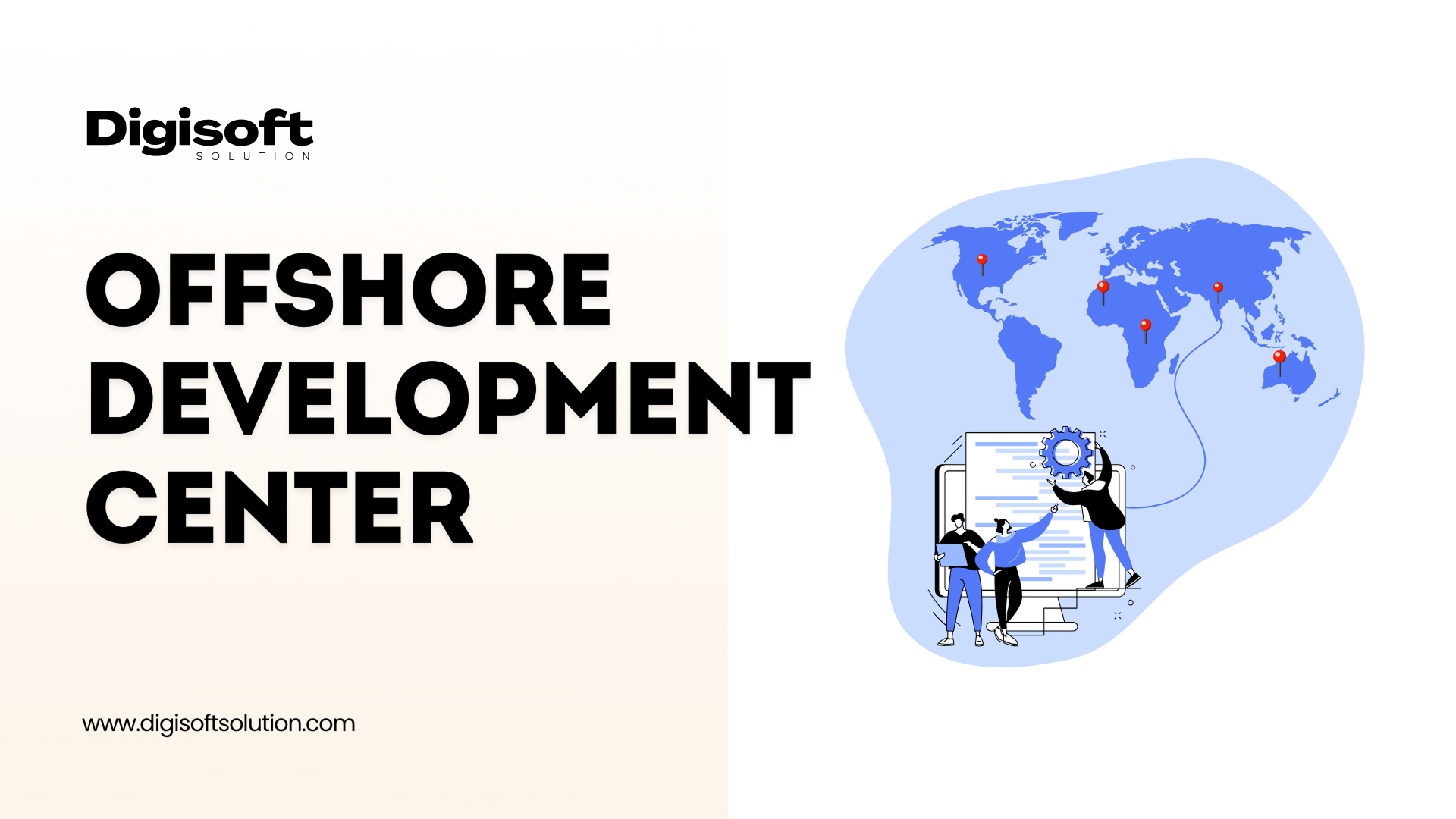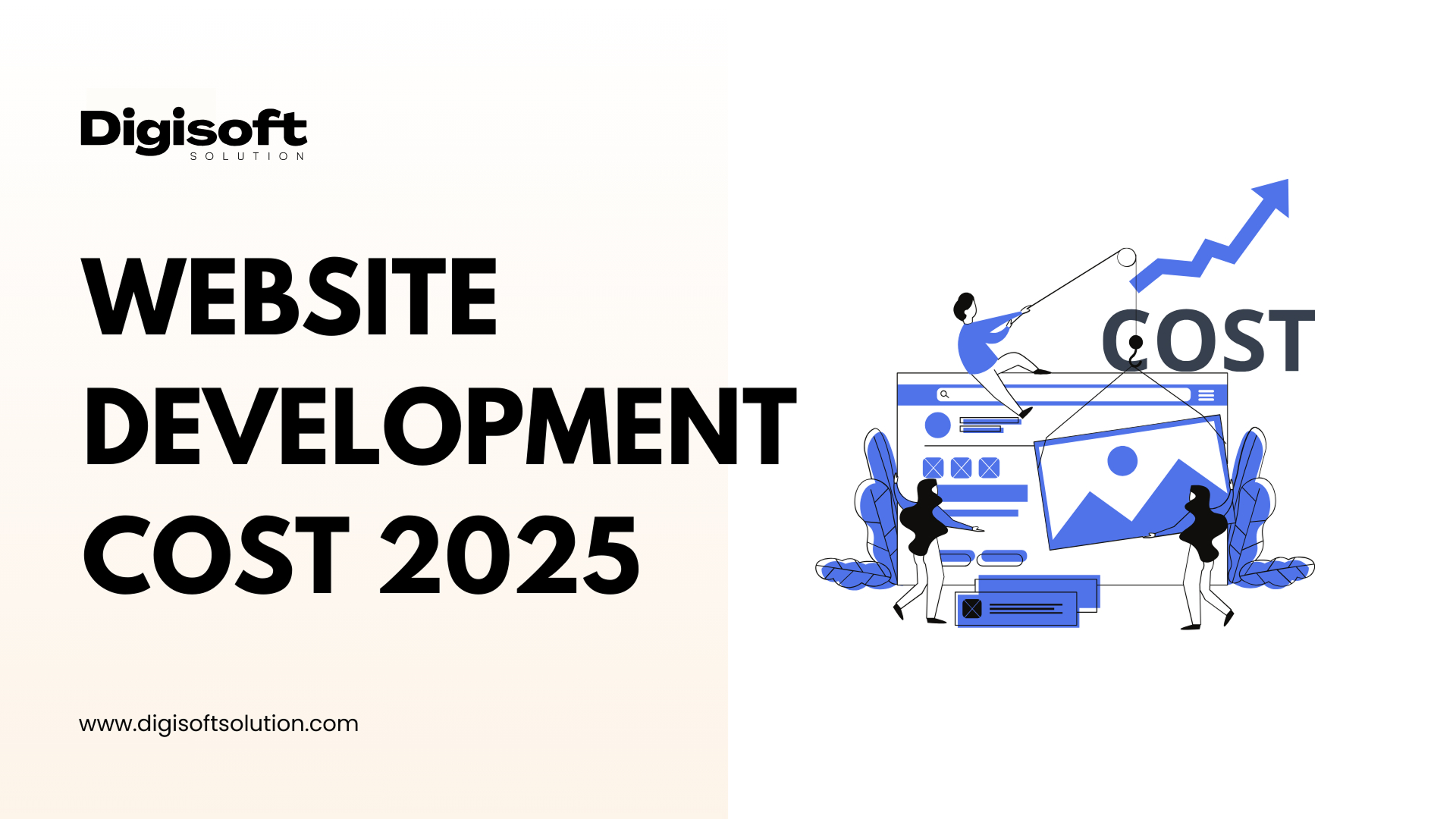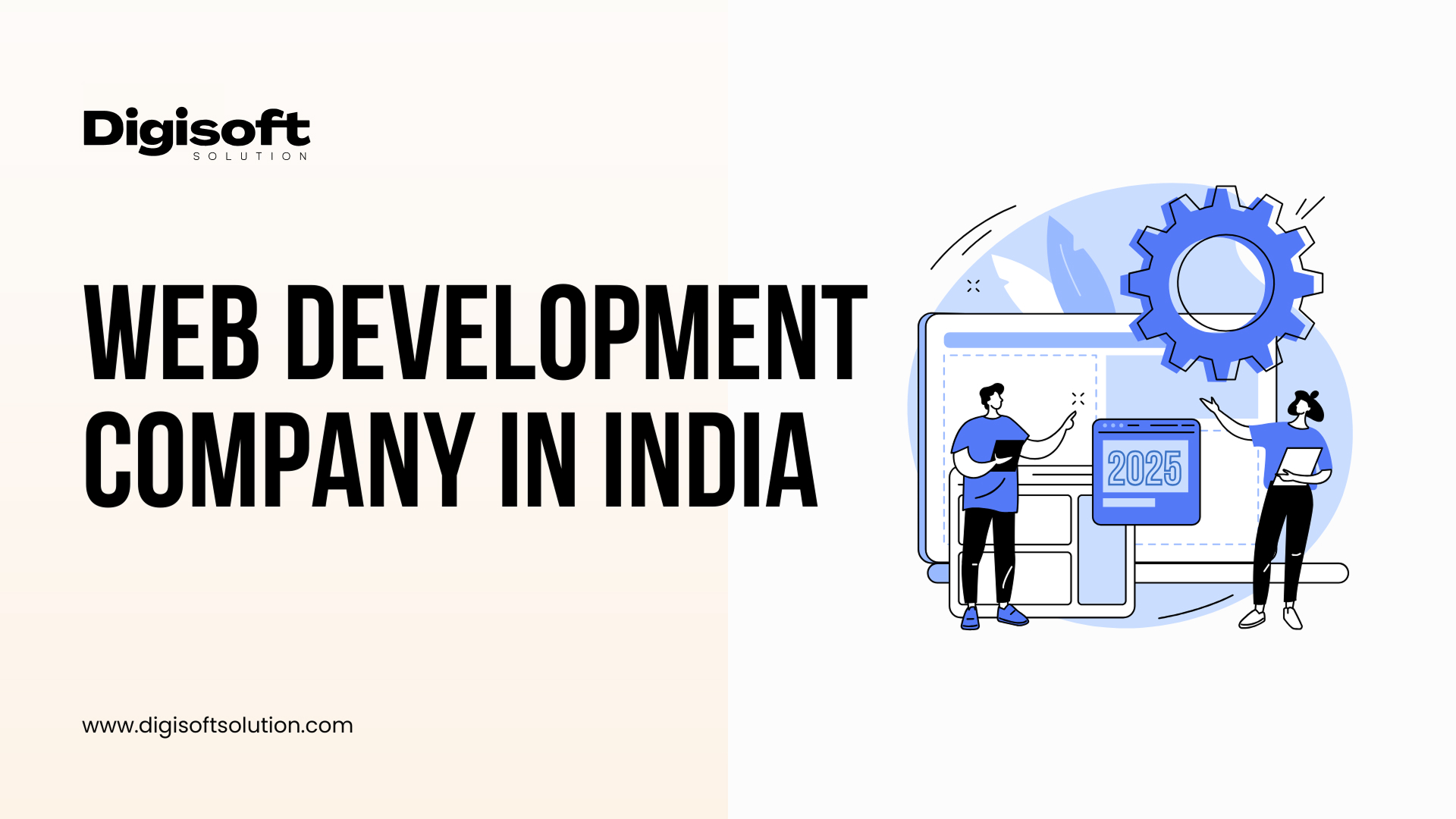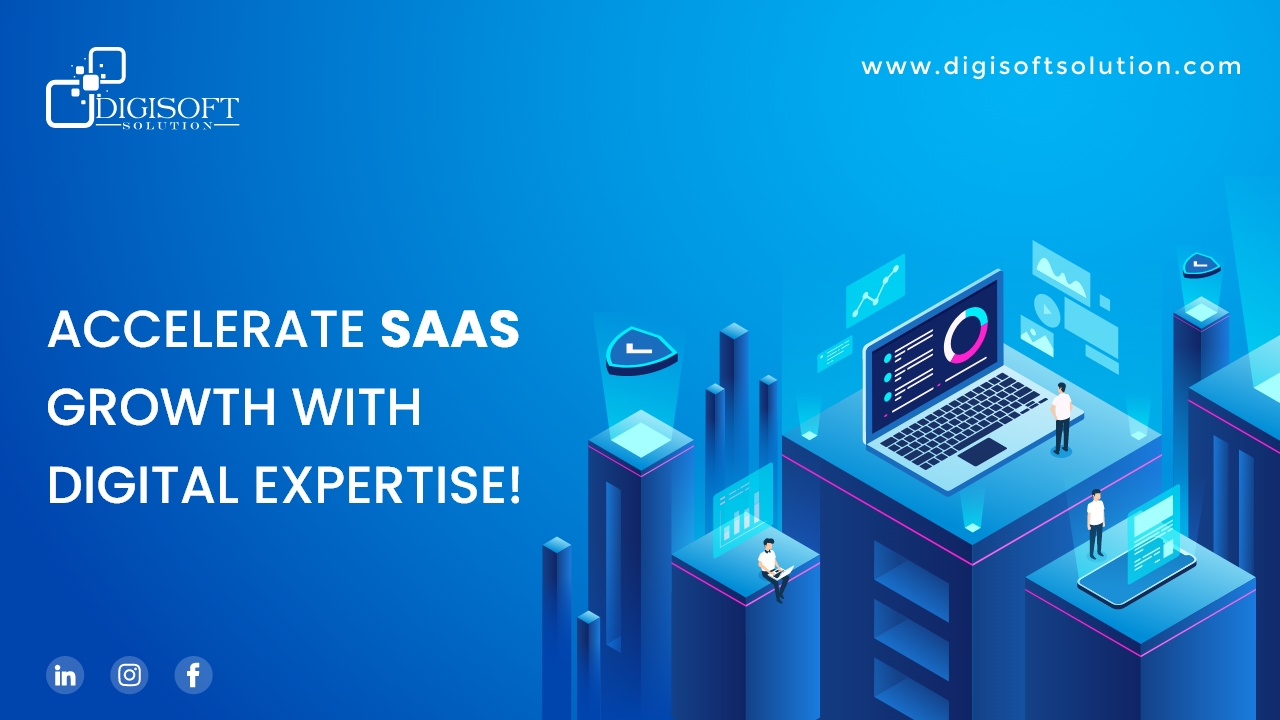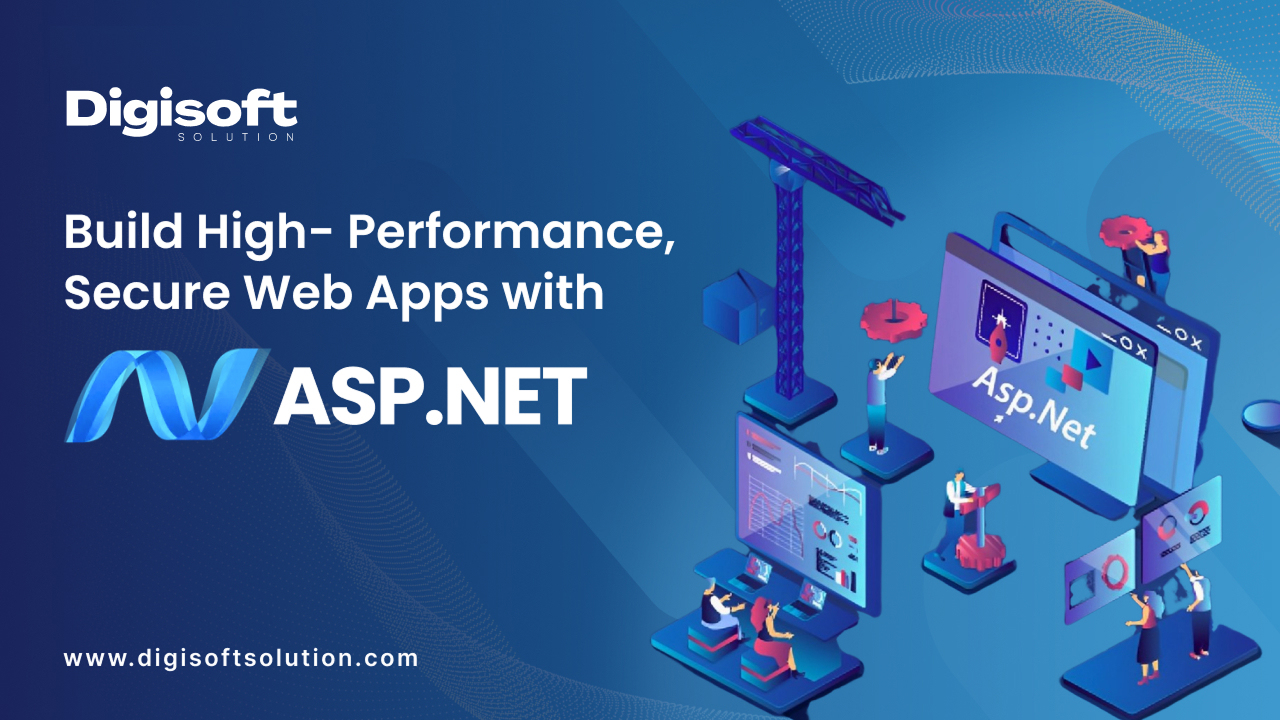Table of Content
- The importance of the software development process can be summarized in many ways
- 7 Stages of Software Development Process
- 1. Requirement Analysis: Understanding the Needs
- 2. Planning: Roots of the Development Process
- 3. Design: Building the Software Structures
- 4. Development: Writing the Code
- 5. Testing: Ensuring Quality and Functionality
- 6. Release of software: software deployment
- 7. Maintenance and Support: Keeping Software Updated
- What is the Purpose of the Software Development Process?
- Software Development Methodologies: Choosing the Right Approach
- Conclusion
Digital Transform with Us
Please feel free to share your thoughts and we can discuss it over a cup of coffee.
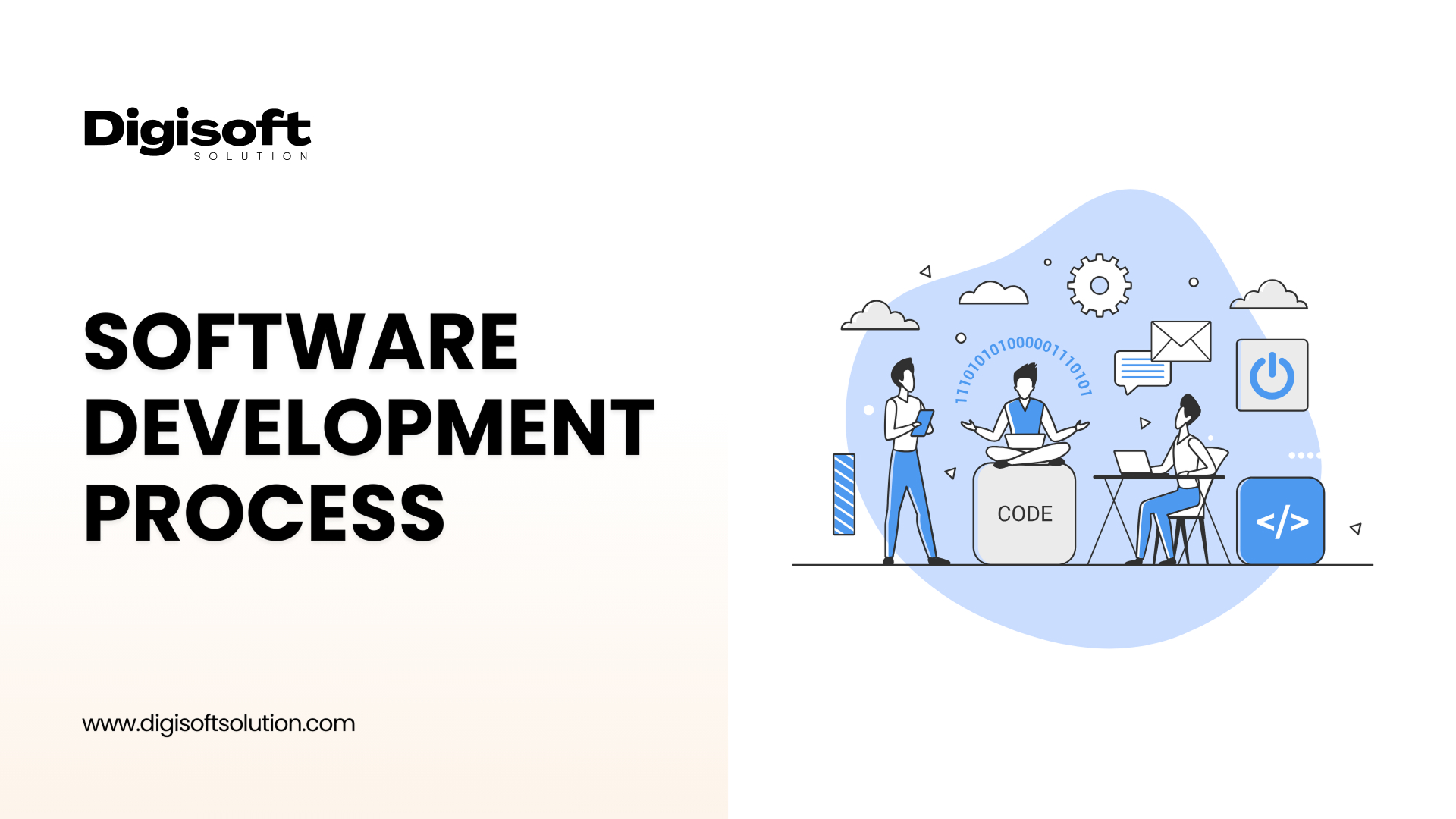
Businesses today rely heavily on software to run smoothly, work efficiently, and stay competitive. The software development process is the most critical phase in creating high-standard applications that satisfy the needs of both business and user. A structured development process guarantees proper systematic software building by addressing technical issues with the maximum degree of performance and security embedded therein.
This guide examines the entire software development process in detail, covering every step in the design, development, and deployment of reliable software solutions. Whether a startup, an enterprise, or an independent developer, knowledge of that process is vital to successful software development..
The importance of the software development process can be summarized in many ways
- Quality Assurance: The product goes through all stages of quality testing to ensure the elimination of bugs and more reliable performance for the user.
- Prompt Delivery: It does improve the workflows of the application to enable it to remain ship-ready without incurring any additional or costly delays.
- Cost Efficiency: The resource optimization that it offers reduces costs associated with wasted work and inefficiency.
- Risk Management: Potential threats are identified early, allowing preventive action before serious problems arise.
- Flexibility: This will allow your software to grow or scale according to your flexible and changing needs in business without major requirements or reengineering.
Using a well-organized process leads organizations to greater reliability of software products that would guarantee added security and better acceptance by users.
7 Stages of Software Development Process
1. Requirement Analysis: Understanding the Needs
Before the development begins, careful requirement gathering and analysis must be performed. The following components fall within this:
- Identifying Stakeholders: Determining key users, key business people, and decision-makers who may influence the software development.
- Prototyping: Preparing a rough raisable model or wireframes to show the software structure and core features before full-fledged development.
- Interviews & Surveys: Talking to potential users and clients to collect the requirements needs and expectations from the software application.
- Document Analysis: Analyzing existing documentation, documents for legacy systems, or competitor products to draw inferences.
- Market Research: Trends in the industry need to be observed, and to analyze the competitor solutions to ensure newness and relevance in the market.
A detailed requirement analysis such-is the assurance that the software fulfills business goals and user requirements.
2. Planning: Roots of the Development Process
In this stage, the developers, along with the project management team, will be defining a route map for future development. The players in this game are as follows:
- Defining Objectives: Setting clear goals for what the software actually has to do, and defining success criteria to measure the software's success.
- Budgeting and Timeline: Deciding how much money to allocate and how to set realistic deadlines for the various phases of development.
- Risk Identification: Conducting a risk assessment to locate potential technical, operational, or security issues, together with remedy plans.
If there is some fine planning, it goes a long way toward making the development life cycle smoother and faster.
3. Design: Building the Software Structures
The design phase is about creating plans for how a software system will work and look. It includes:
- System Architecture Design: Designing the complete structure of the system, including databases, servers, APIs, and cloud setup, to ensure it runs efficiently while allowing for easy scaling.
- UI/UX Design: User Interface and User Experience Development are carefully designed and well-built ways for people to interact with the system.
- Database Design: Arranging how data will be stored and retrieved in an efficient way to reduce the bottlenecks along with high security.
All well-determined designs improve the performance of software, increasing its usability and scalability.
4. Development: Writing the Code
This is the phase of execution in which the web developers write the actual code using programming languages and frameworks. The development phase entails:
- Backend Development: Server-side logic and business functionalities implemented in different languages including Python, Java, or C# for smooth data management.
- API Integration: Enabling communication between software components using APIs or integrating third-party services such as payment gateways or analytics.
- Code Review: The practice of peer code reviews to identify and fix problems early in the coding process while ensuring coding standards and best practices are adhered to.
- Frontend Development: It is the process of using HTML, CSS, JavaScript, and contemporary frameworks like React or Angular to create an engaging and interactive user experience.
5. Testing: Ensuring Quality and Functionality
All the above testing is done on the complete system. Bugs are fixed at the end after thorough tests have been conducted. Types of testing include the following:
- Unit Testing: It measures individual components/ functions to check if it has done its work correctly.
- Integration Testing: It guarantees error-free, smooth operation of the various modules and services.
- Performance Testing: Checks how fast the software runs by measuring its loading speed and response time under different conditions.
- Security Testing: Identifies weaknesses in the software and adds protection against cyber threats.
- User Acceptance Testing: It is the last test, where beta users give feedback before the software is published to the public.
Comprehensive testing ensures that the software is stable and secure and is ready for launch.
6. Release of software: software deployment
Upon passing extensive tests, the software application is put into production for its users. The strategies for deployment include:
- Phased Rollout: The software is released gradually to different groups of users to monitor its performance and later respond in order to fix any bugs.
- Blue/green Deployment: Two identical productive environments, one of which is active and the other standby, to execute seamless transitions with minimum downtime.
- Canary Deployment: Deploy the software in a small group of users for a testing purpose prior to any audience for it.
Proper deployment is the key to doing a smooth transition from the development process to the real world
7. Maintenance and Support: Keeping Software Updated
After launch, maintenance includes ongoing monitoring and regular updates to keep the system running smoothly. It typically involves:
- Bug Fixes: Whenever there are software bugs, crashes, or inconsistencies reported by users or monitoring tools, they need to be addressed immediately.
- Software Updates: Regularly adding new features, fixing security issues, and improving compatibility.
- User Support: Providing customer support, troubleshooting assistance, and technical documentation for end users.
- Performance Monitoring: Using software development life cycle tools to track software performance and find ways to improve it.
It is ongoing maintenance that ensures that the software is up-to-date and performs its purpose over time.
What is the Purpose of the Software Development Process?
The software development process also serves the critical purpose of producing incapable software solutions that conform to business goals and user needs while efficiently, reliably, and scalably doing so. A software development life cycle policy ensures that every stage, from planning to deployment, is structured and optimized for efficiency. The following are among those important goals:
- High-Quality Software Delivery: In this process, everything is combined to create a complete system that meets industry standards for performance, security, and usability. Following strict testing and best coding practices helps developers build strong and reliable applications.
- Improving Collaboration: Developers, testers, project managers, and users can all communicate clearly due to an organized development process. This prevents misconceptions and keeps everyone concentrated on the project's objectives.
- Reduction in Development Risks: The earlier potential risks are identified, the more proactive the development team can be in their avoidance, saving money, and preventing even premature project failures. One approach to fill in those gaps is with risk management practiced through continuous testing and a feedback loop.
- Ensure Maintainability: Software maintenance ensures it stays useful for years. Well-documented and modular code makes upgrades and scaling easier as business needs change. This reduces technical issues and helps the software last longer.
- Resource Optimization: Streamlined workflows and the right tool sets maximize the amount of work performed at every opportunity while minimizing costs and time associated with development. Efficient resource management leads to quicker completion of projects and the more efficient utilization of all resources, whether financial or human.
Software Development Methodologies: Choosing the Right Approach
Software development includes many methods designed for different project needs. Selecting the best approach can determine either a project runs smoothly or faces major challenges. Should you follow a strict, structured method, a more flexible approach, or a mix of both?
Here is the list of the top three software development methodologies most preferred by the latest companies in making their decisions:
- Waterfall Software Development: This diagram depicts the Waterfall Model for Web development and the stages are illustrated in sequence as Planning, Designing, Implementation, Development, and Testing against a purple background.
The Waterfall model is considered one of the oldest and most structured approaches to software development. Imagine it like constructing a house-each step must be fully accomplished before the next step attains start. The process follows strict sequential steps:
Since it takes a linear route, there is less flexibility for unexpected changes. Therefore, it works better in all those projects for which requirements are clearly defined from the initial phase. But if a fault were discovered later, it could be expensive and take a lot of time to fix.
- Agile Software Development: Software development in Agile is an iterative series of steps. An illustrator showing three overlapping circles denoting "1 Sprint," "2 Sprint," and "3 Sprint," each reflecting the Agile Methodology cycle with the phases Build, Design, Deploy, Review, and Release.
Agile is a flexible and fast software development method that breaks projects into small, manageable parts called Sprints. Unlike the Waterfall approach, which follows a particular order, it encourages change and supports teams in their ongoing improvement.
This means that Agile allows teams to build small functional parts of an application, get user feedback, and make changes in a progressive manner; perfect for projects where requirements can change over time.
- Incremental Software Development: An illustration of how incremental software development displays three versions of a software development process.
This approach, called incremental, is a great balance between both methods. It combines the structured process of Waterfall with the flexibility of Agile, offering the best of both worlds. It divides the whole project into smaller versions to allow developers to build, test, and improve software one step at a time.
For example, in the MVP (Minimum Viable Product) approach, a basic version of the product is created first. It is then improved and updated over time based on custo mer feedback and research.
Conclusion
A clear software development process is the foundation for building efficient, scalable, and strong software solutions. Organizations can achieve their technology goals by following a structured approach and choosing the right SDLC model while reducing risks and optimizing resources.
Digisoft Solution is here to bring your vision to life with the best quality software development services. Contact us to create advanced software that helps your business grow and stay ahead.
Digital Transform with Us
Please feel free to share your thoughts and we can discuss it over a cup of coffee.
 Parampreet Singh
Parampreet Singh

 Kapil Sharma
Kapil Sharma



